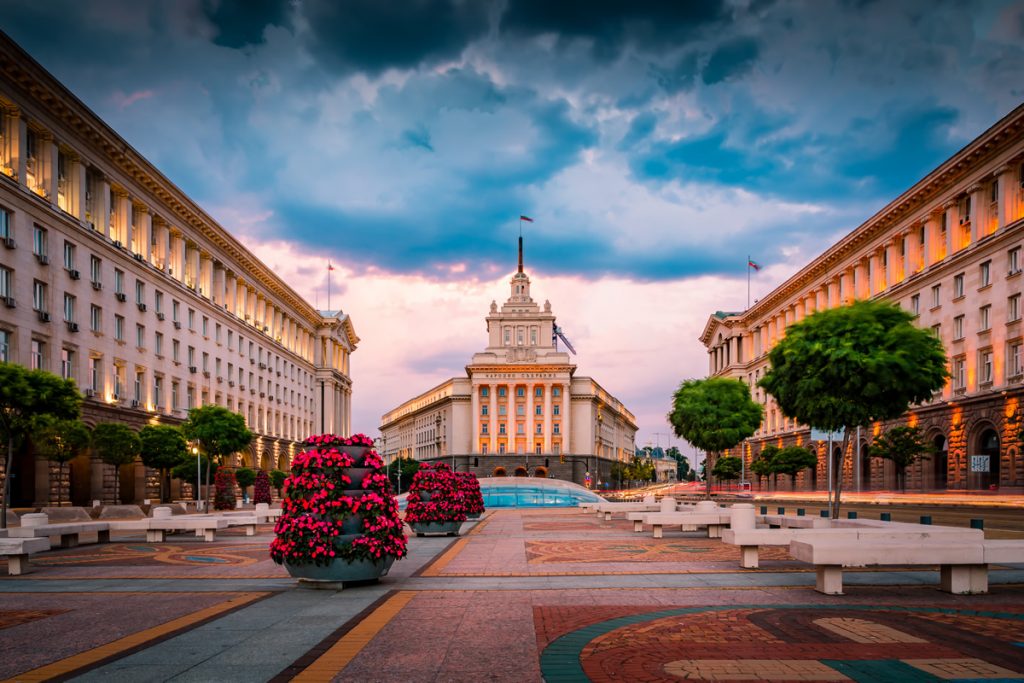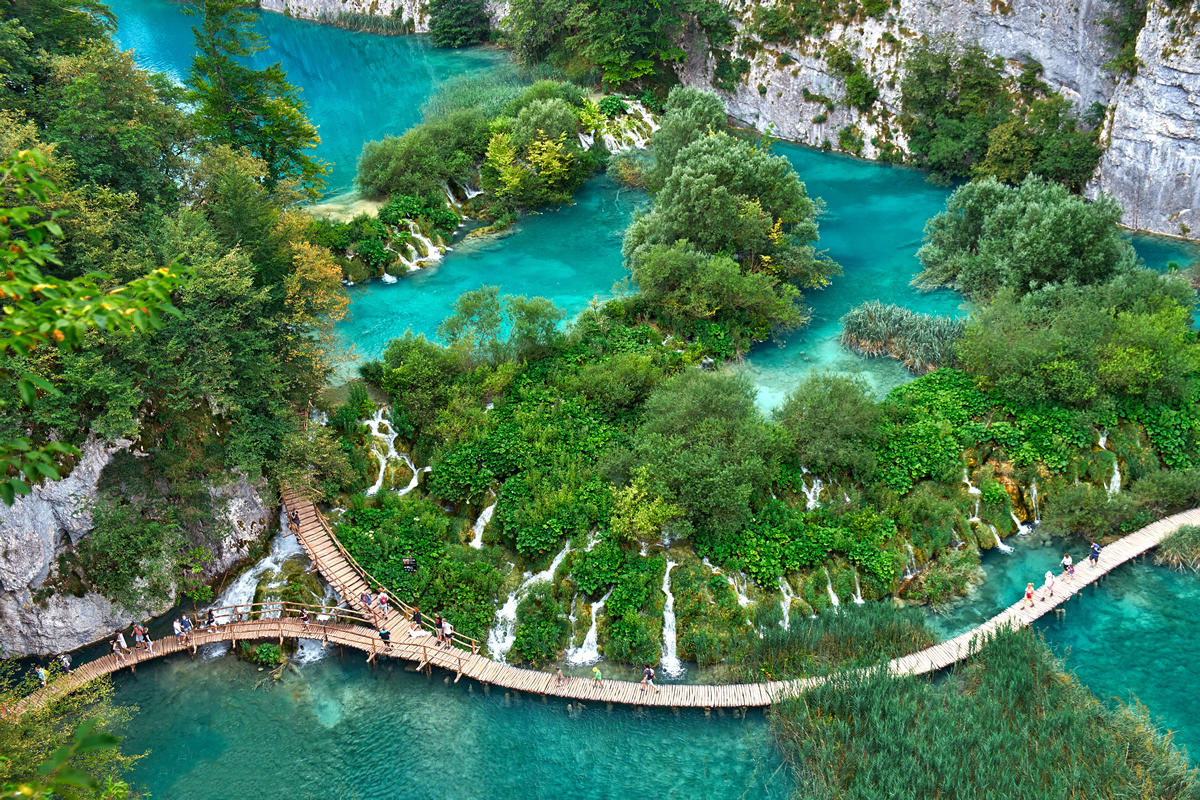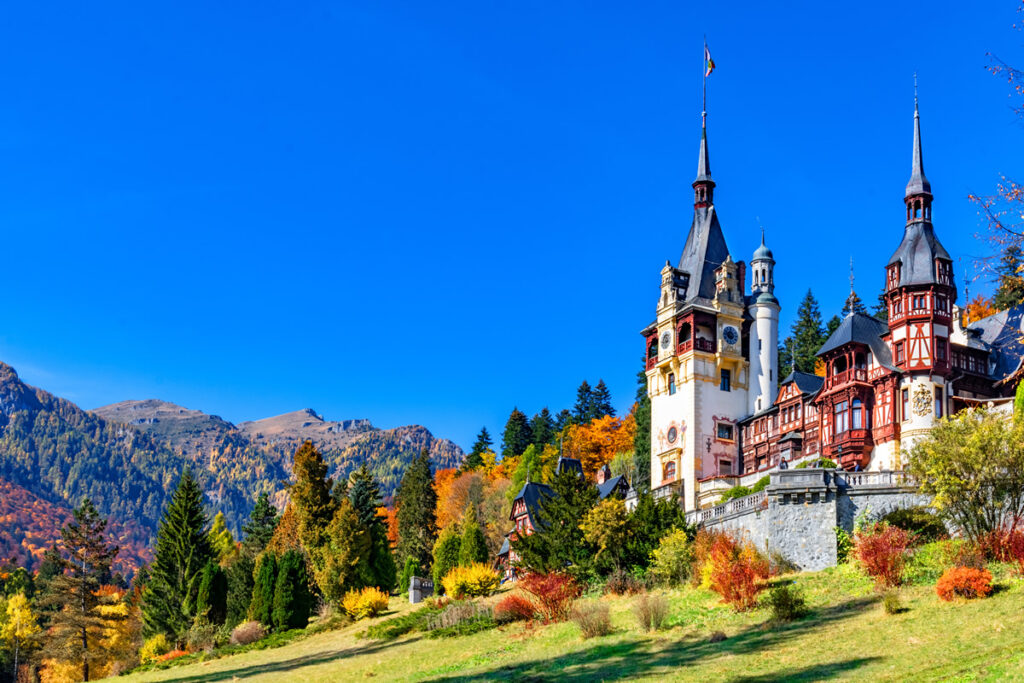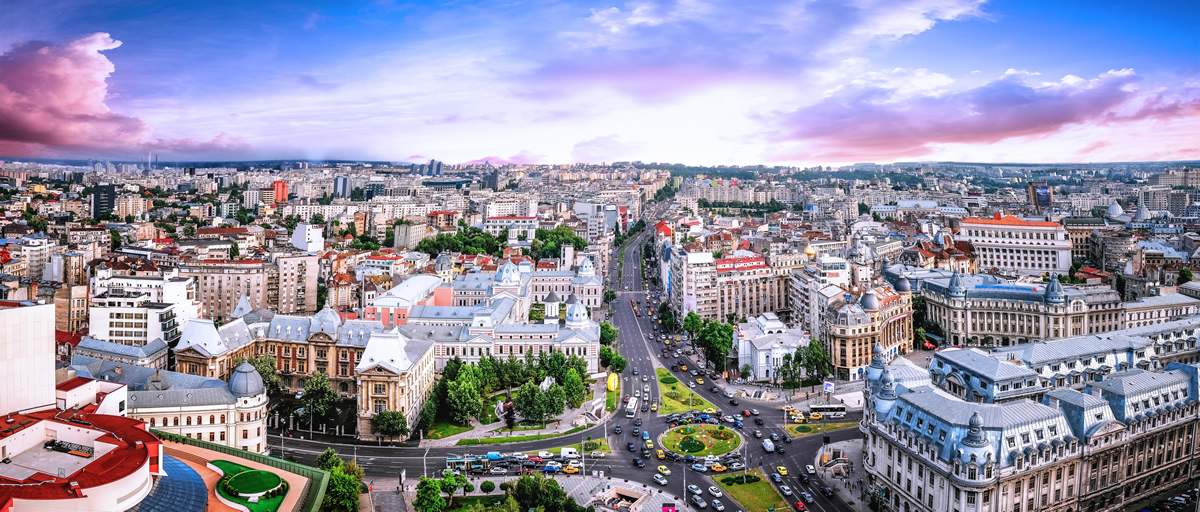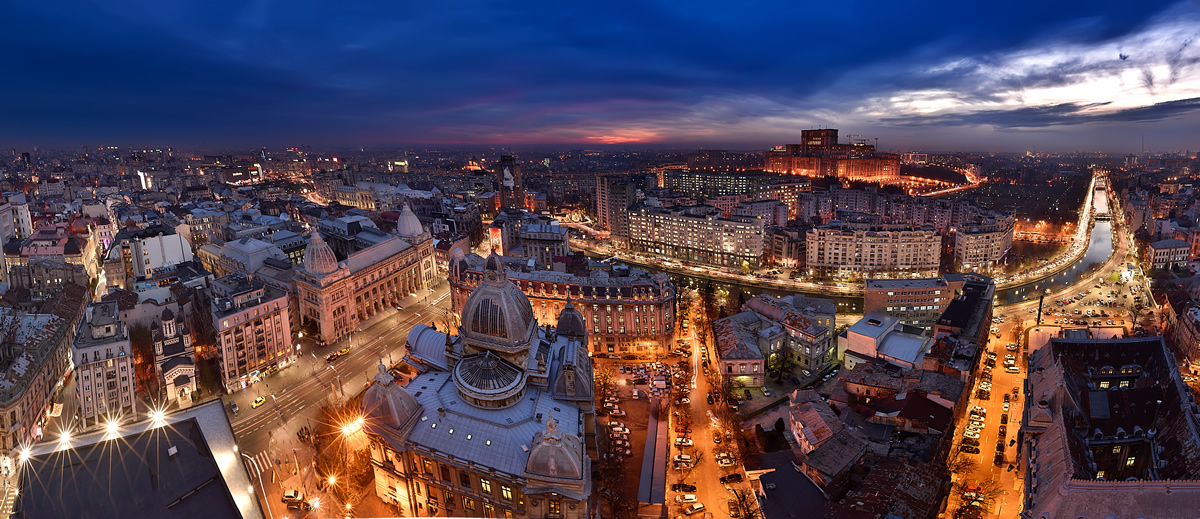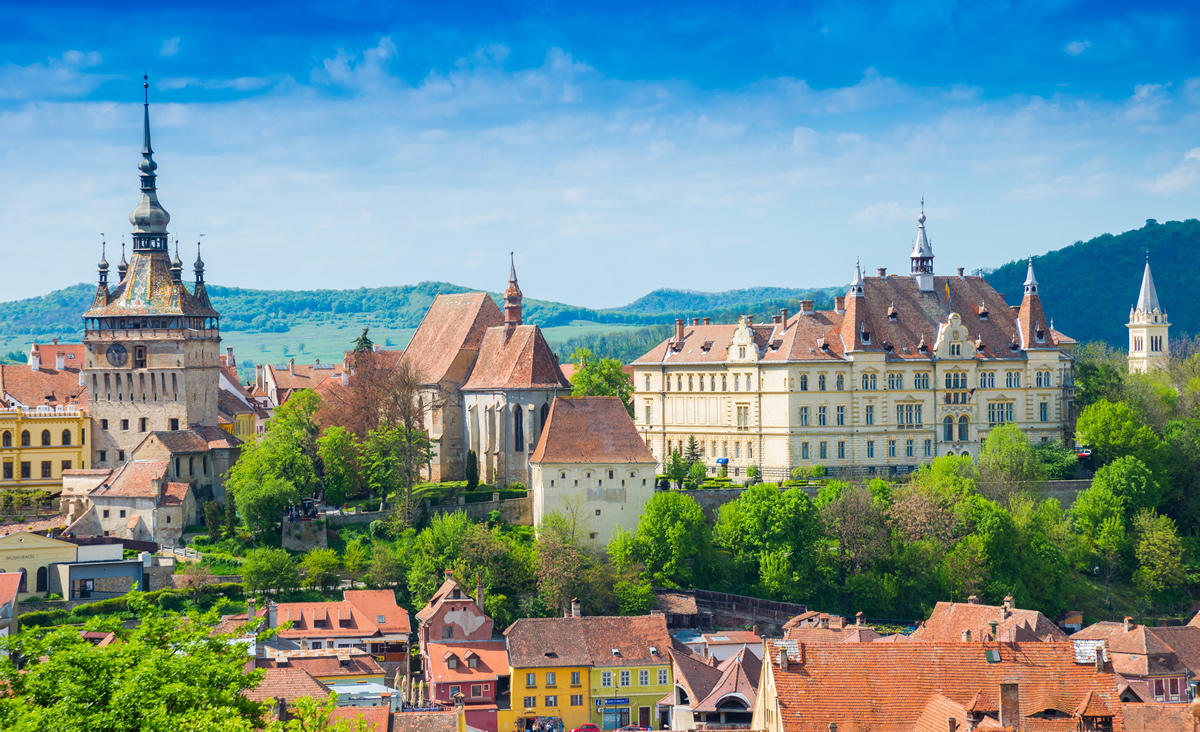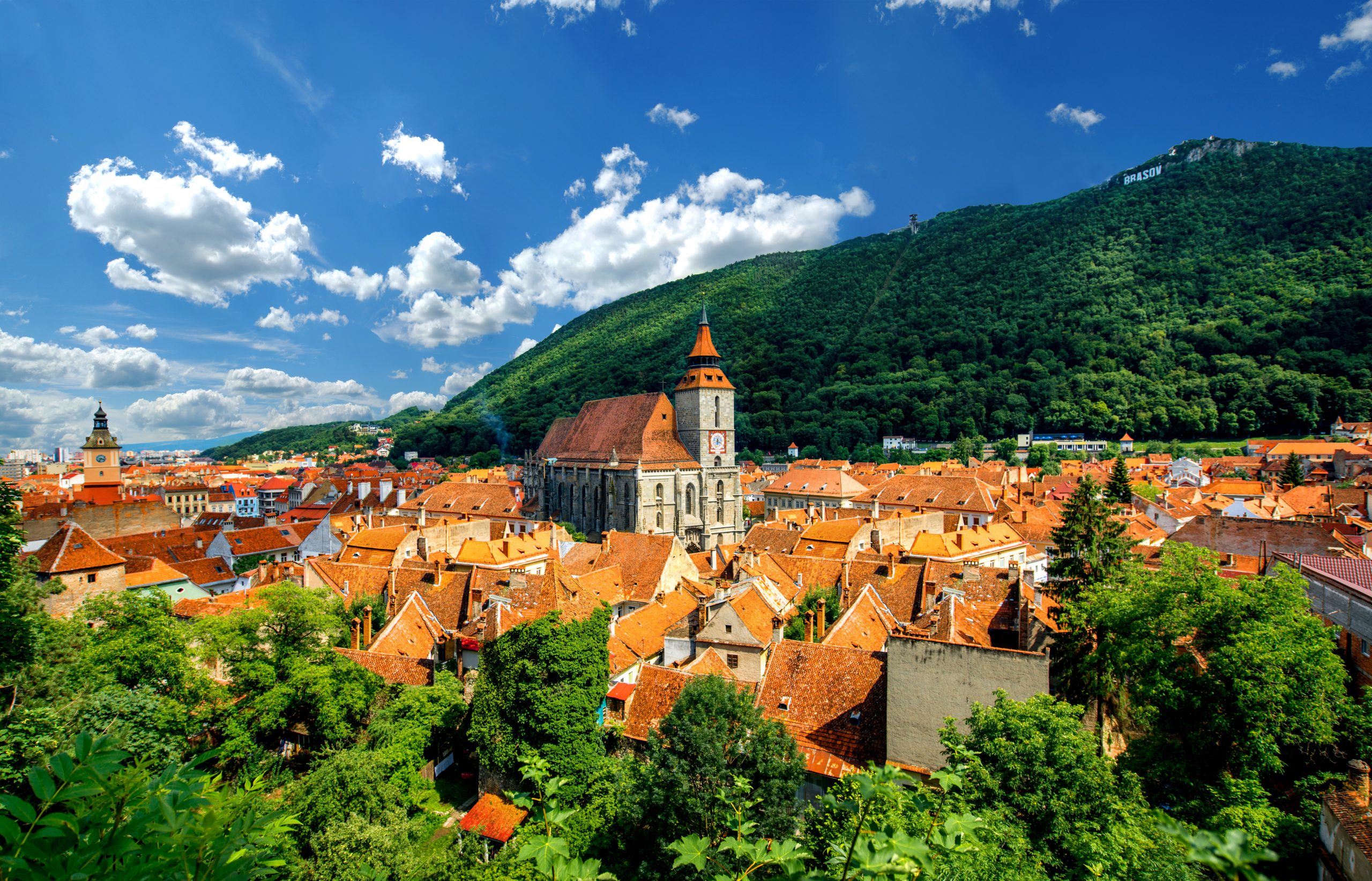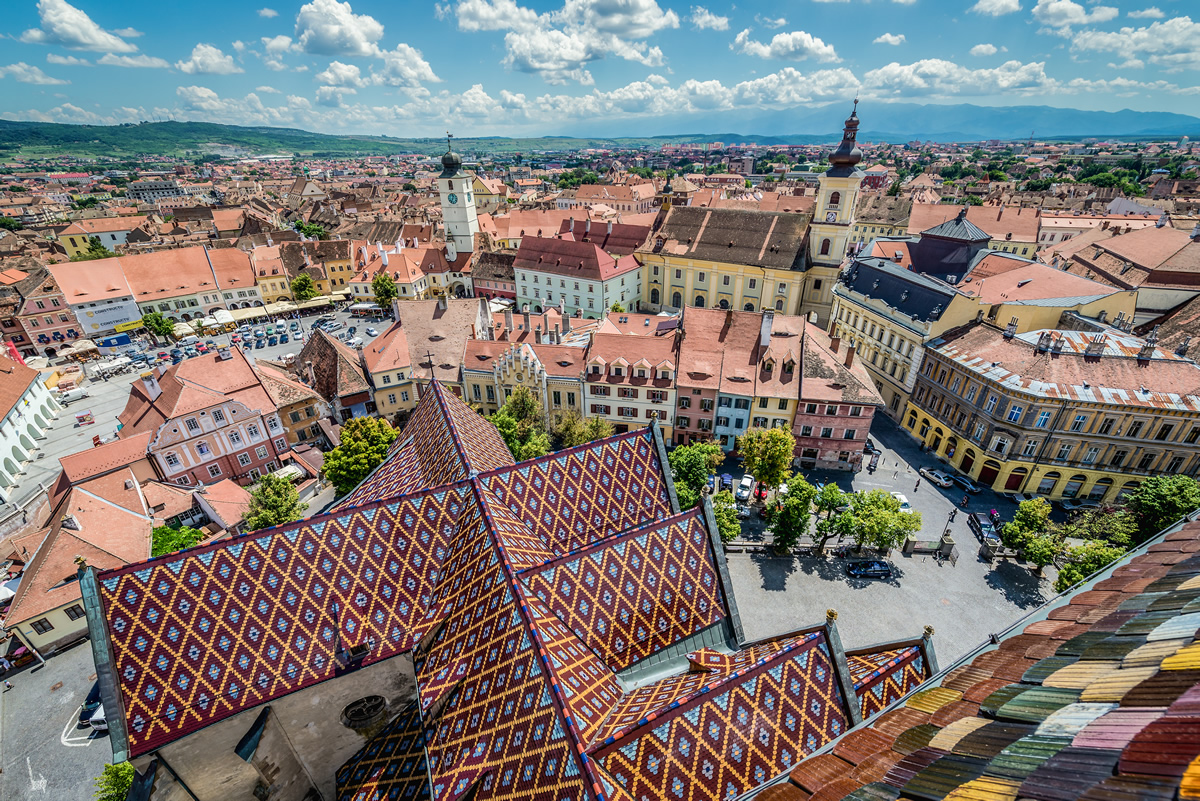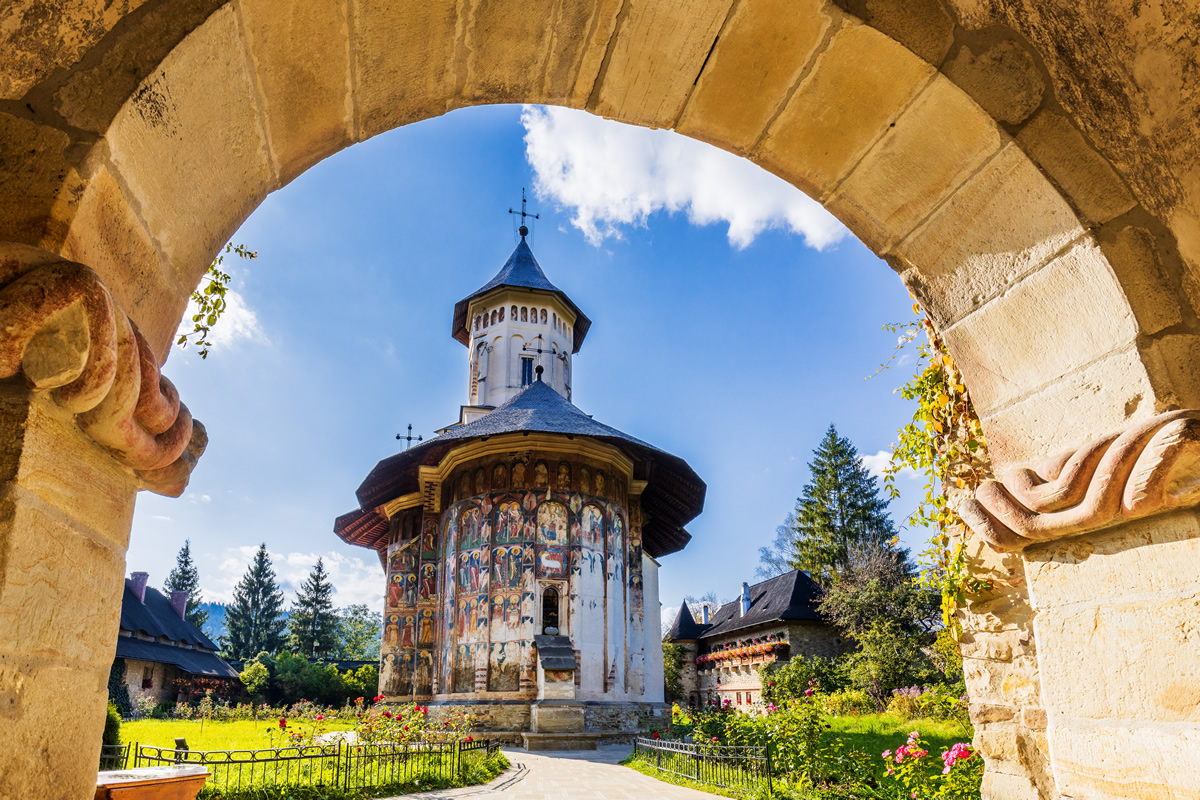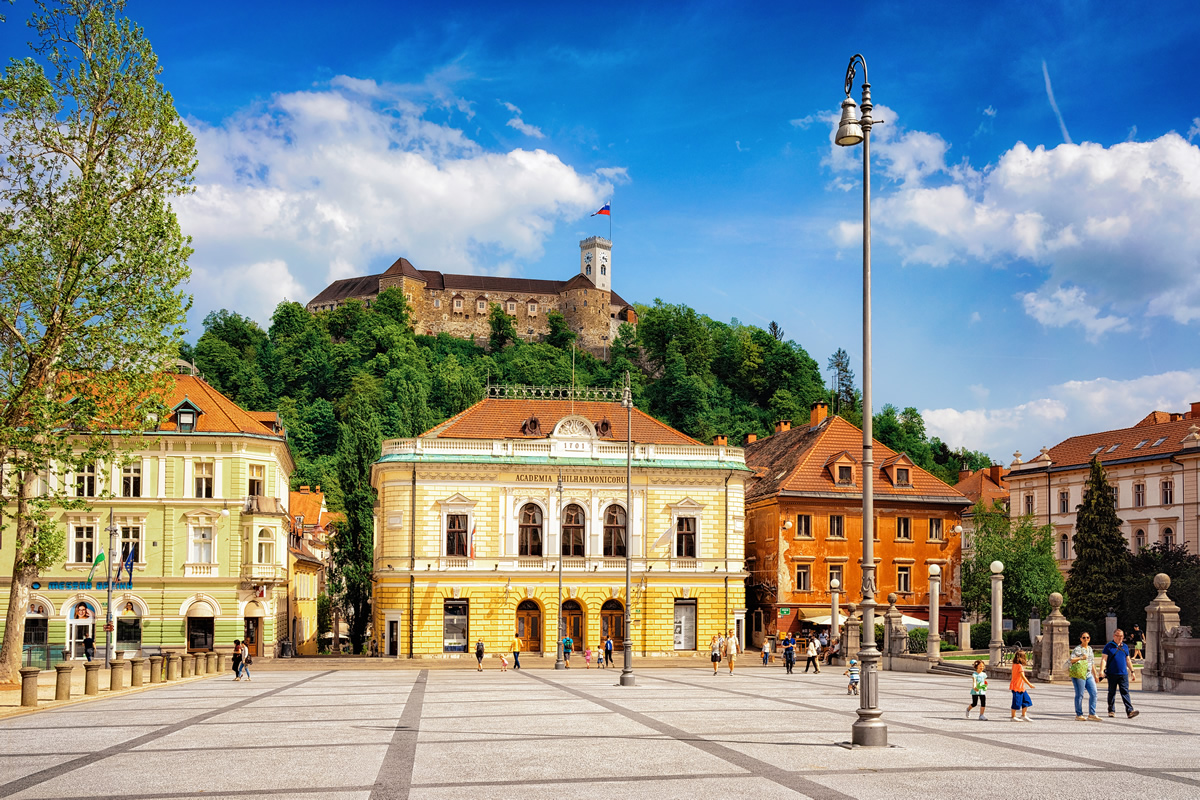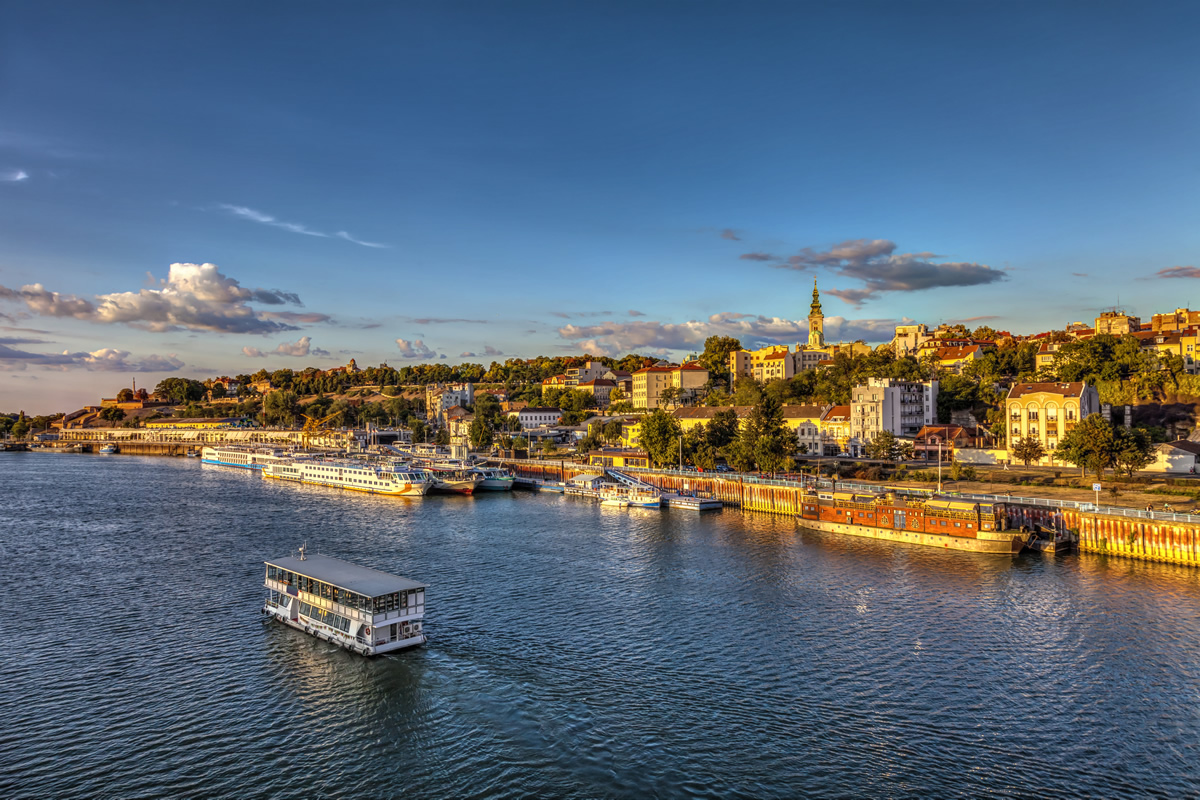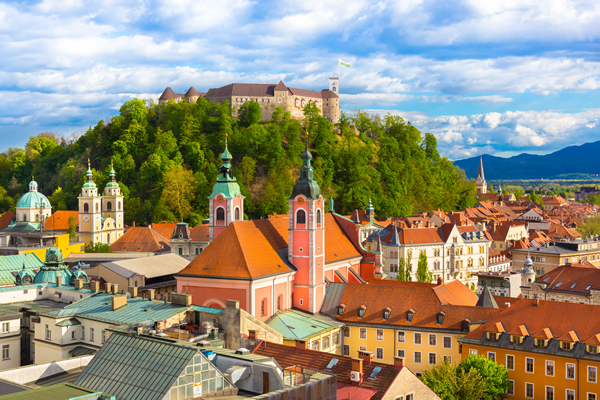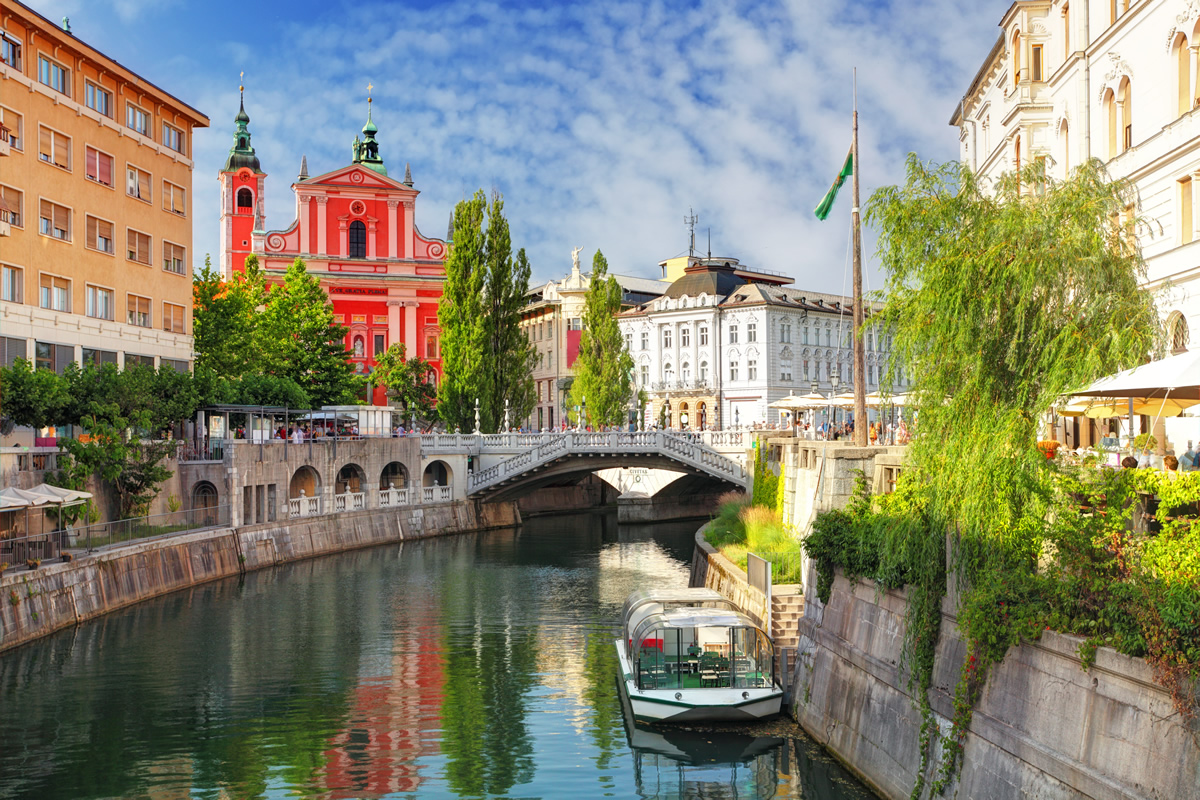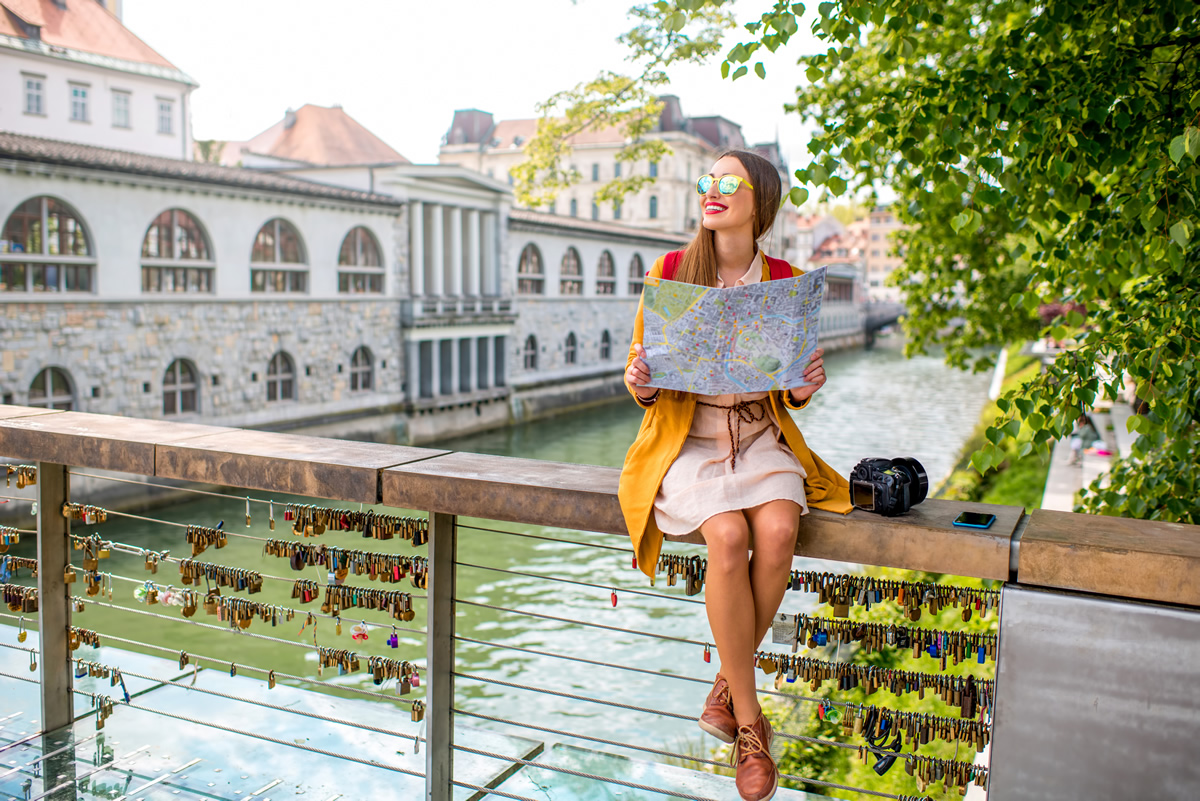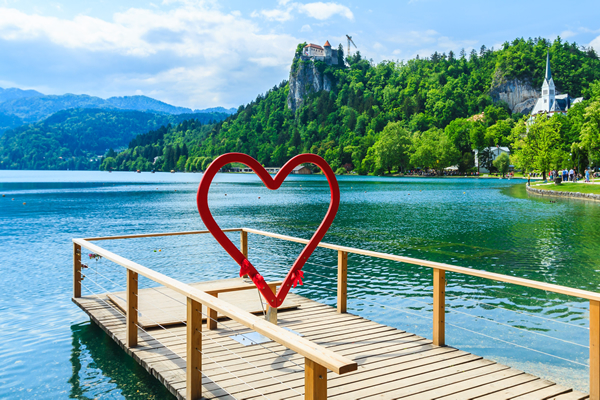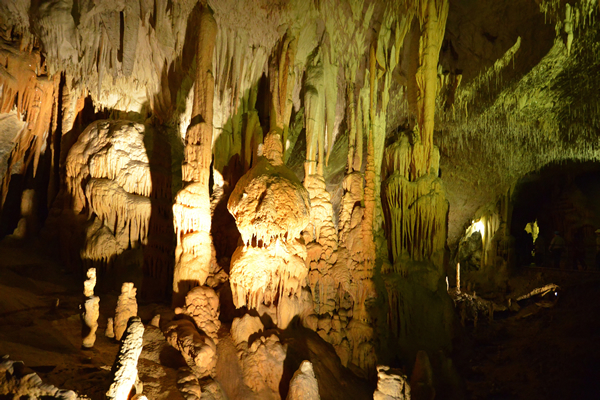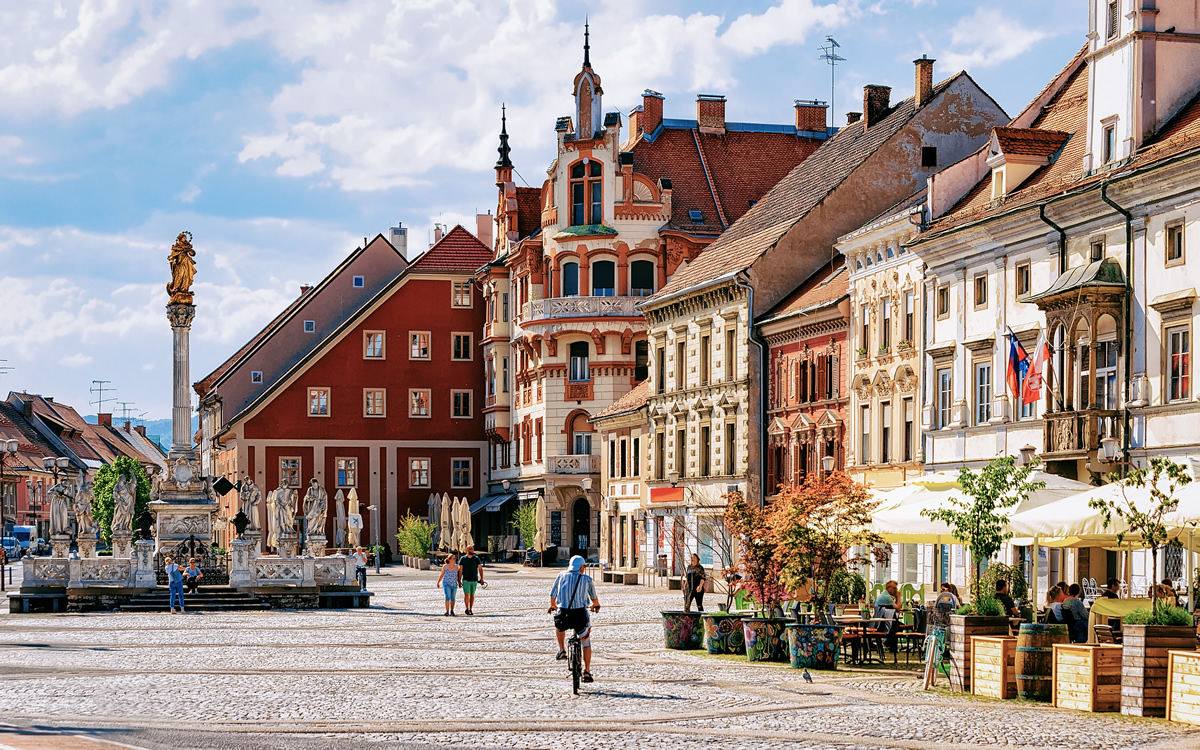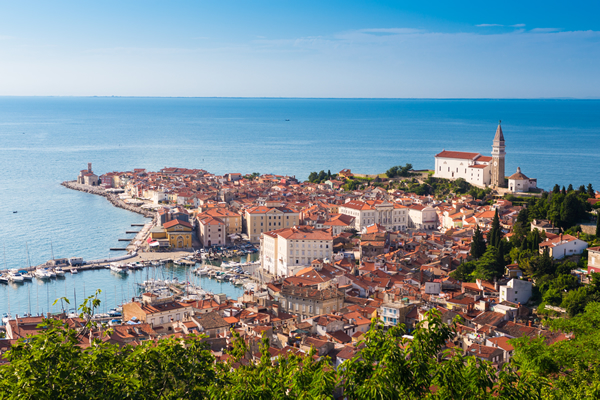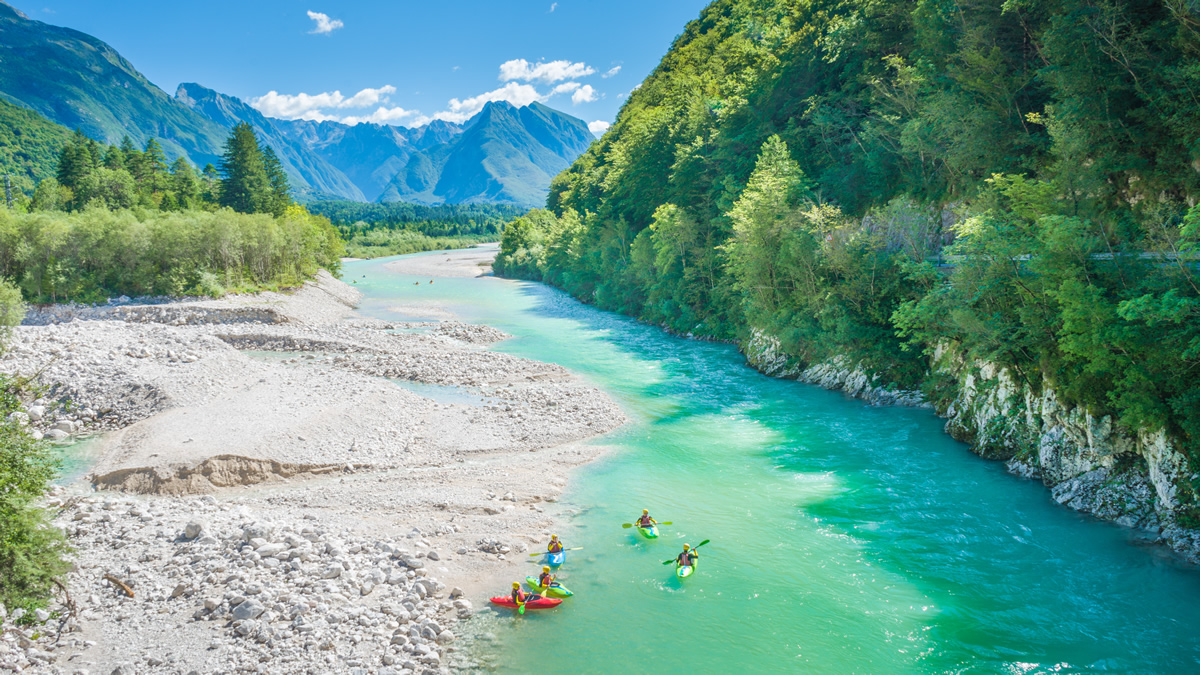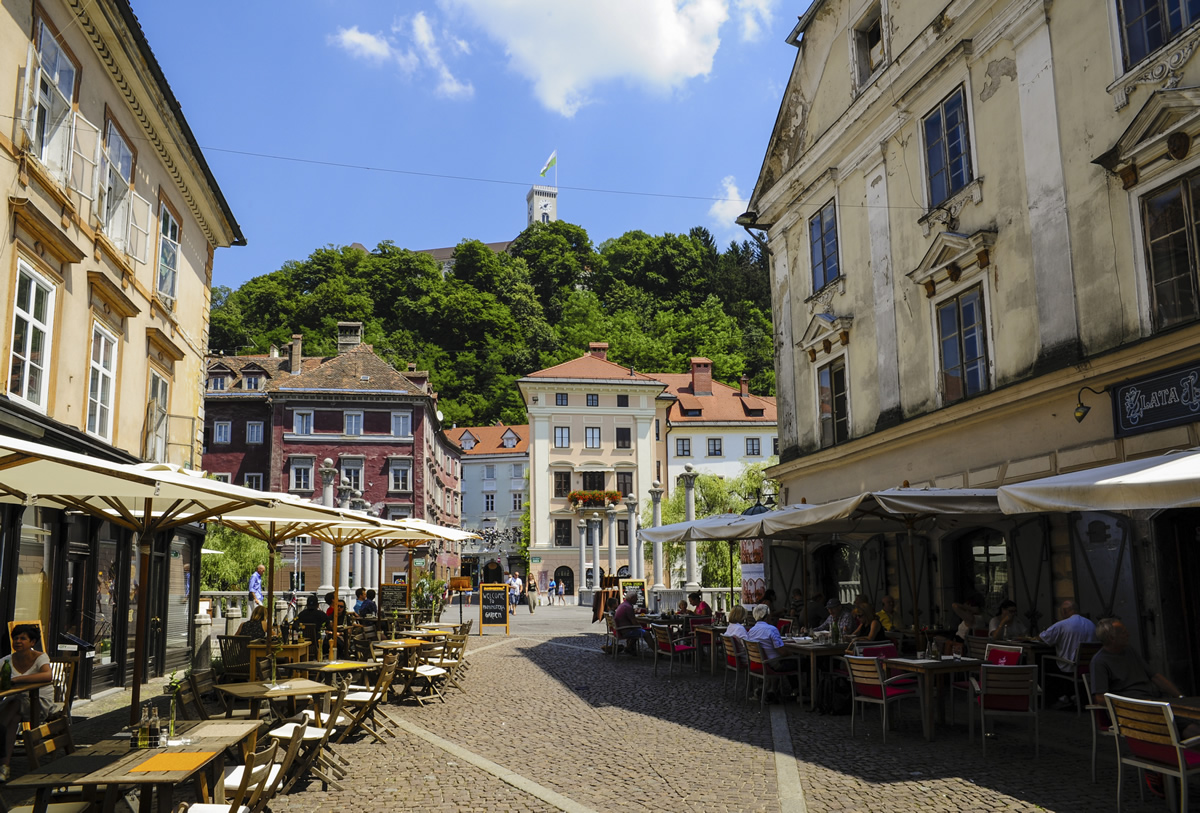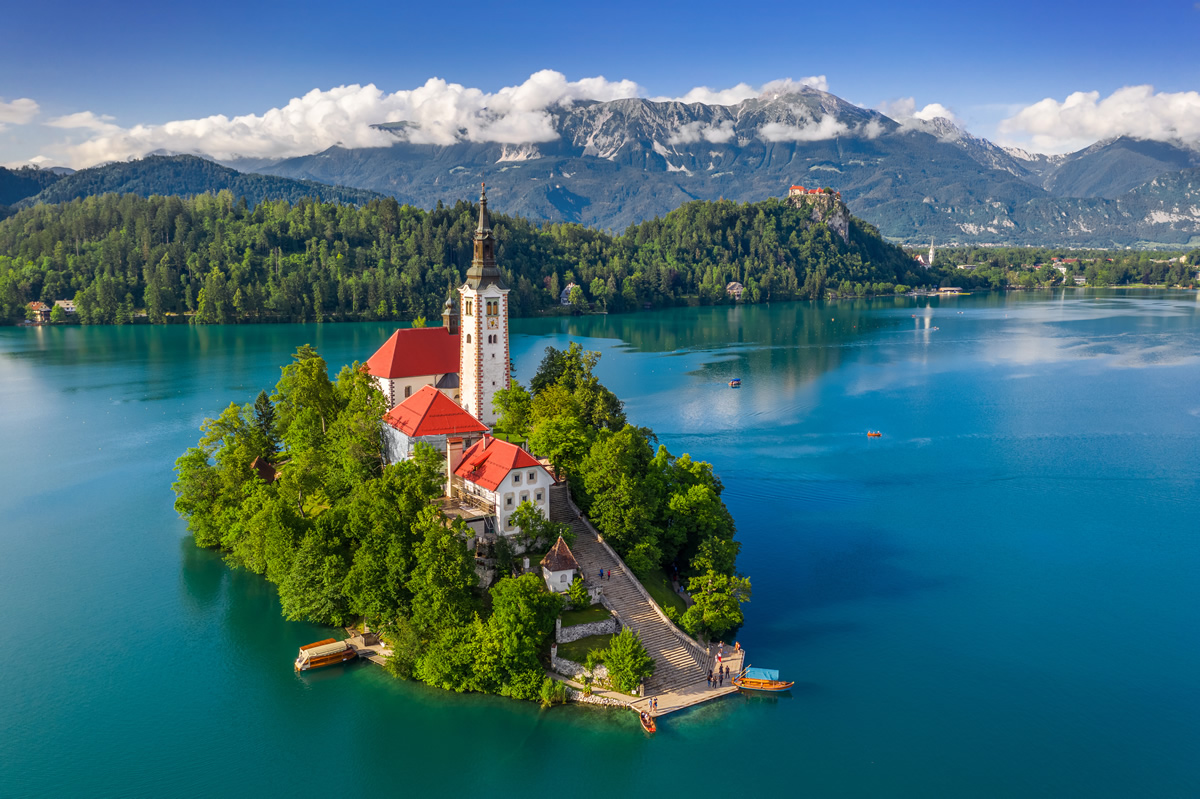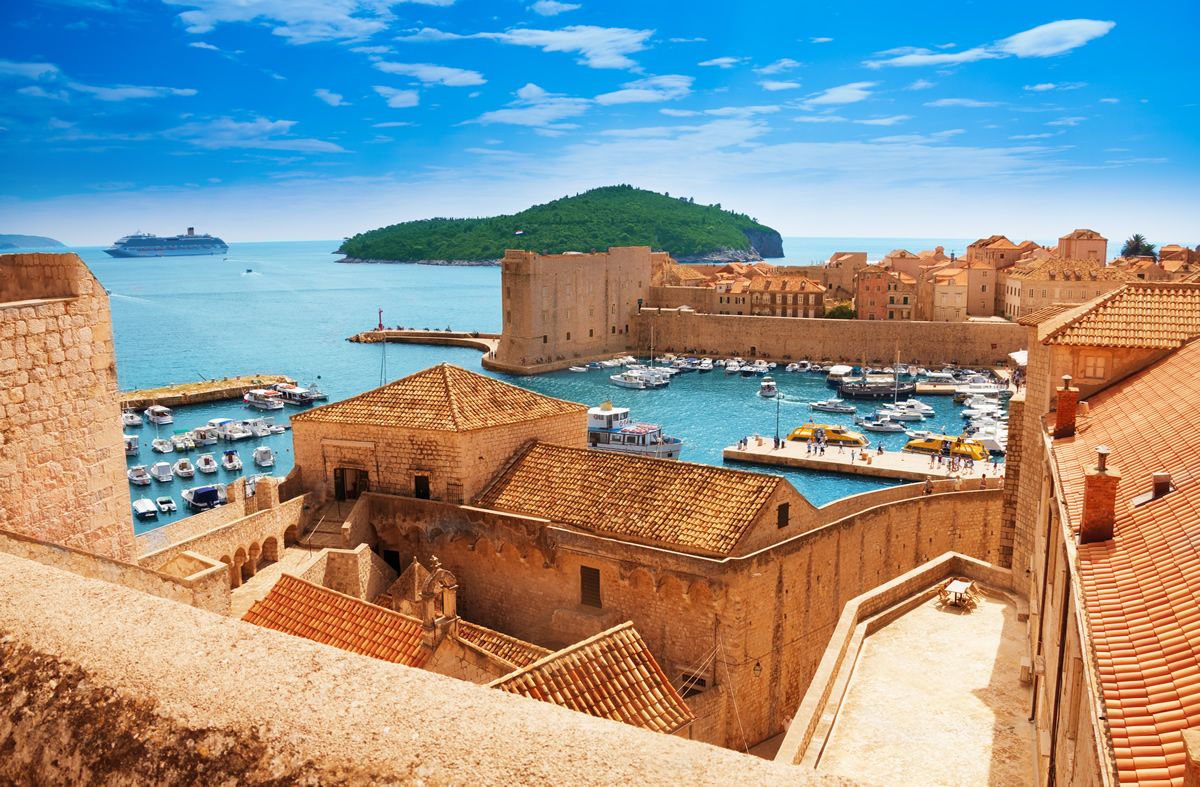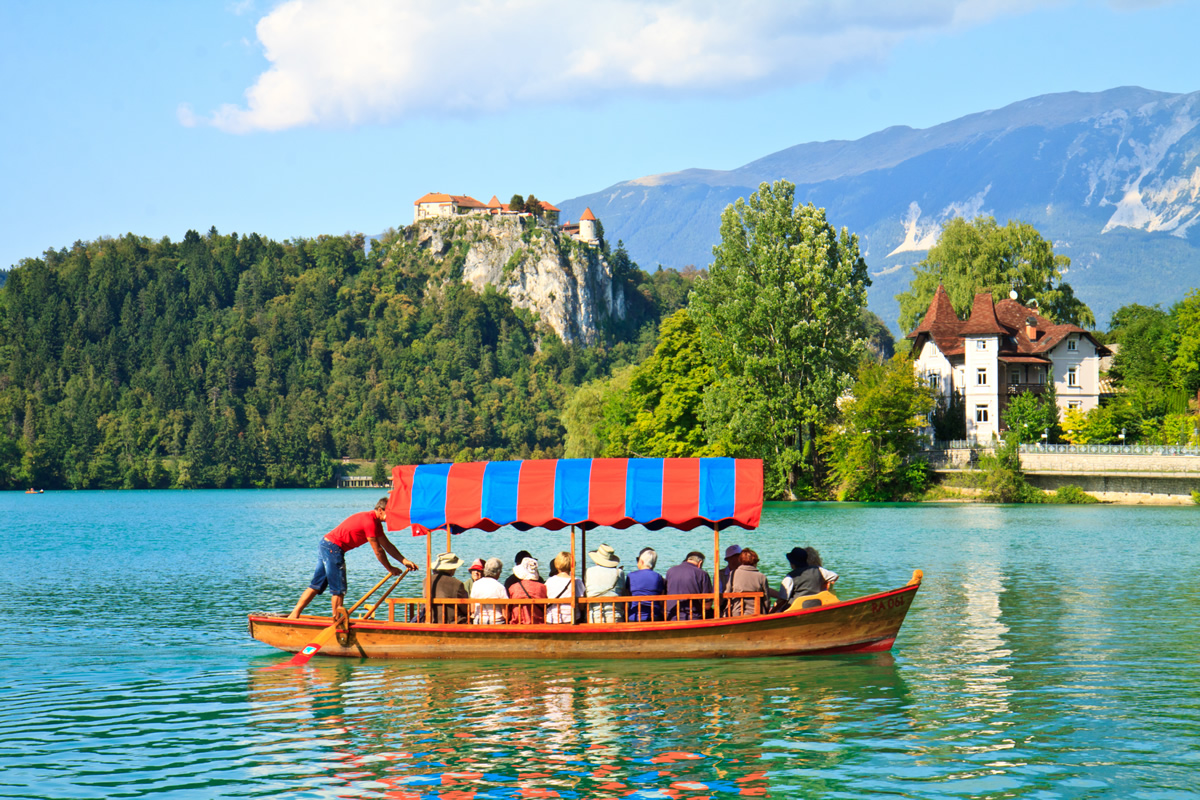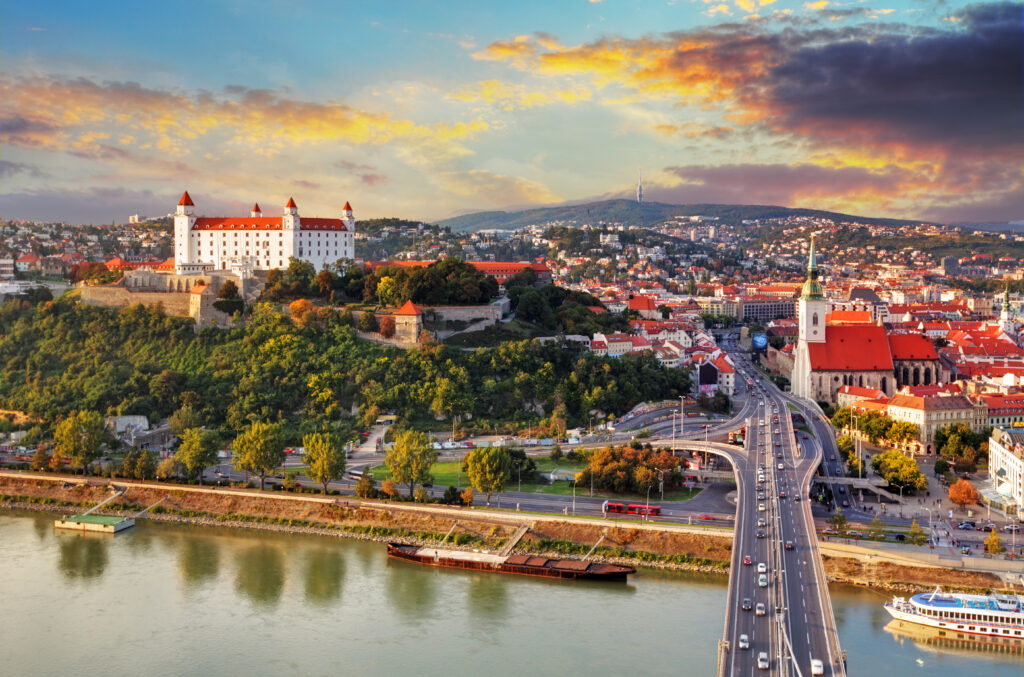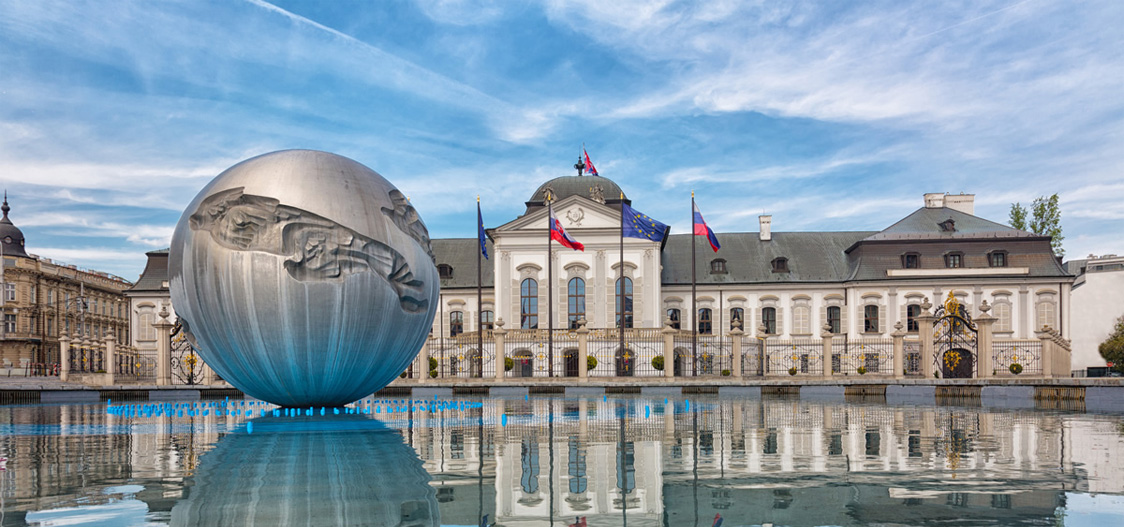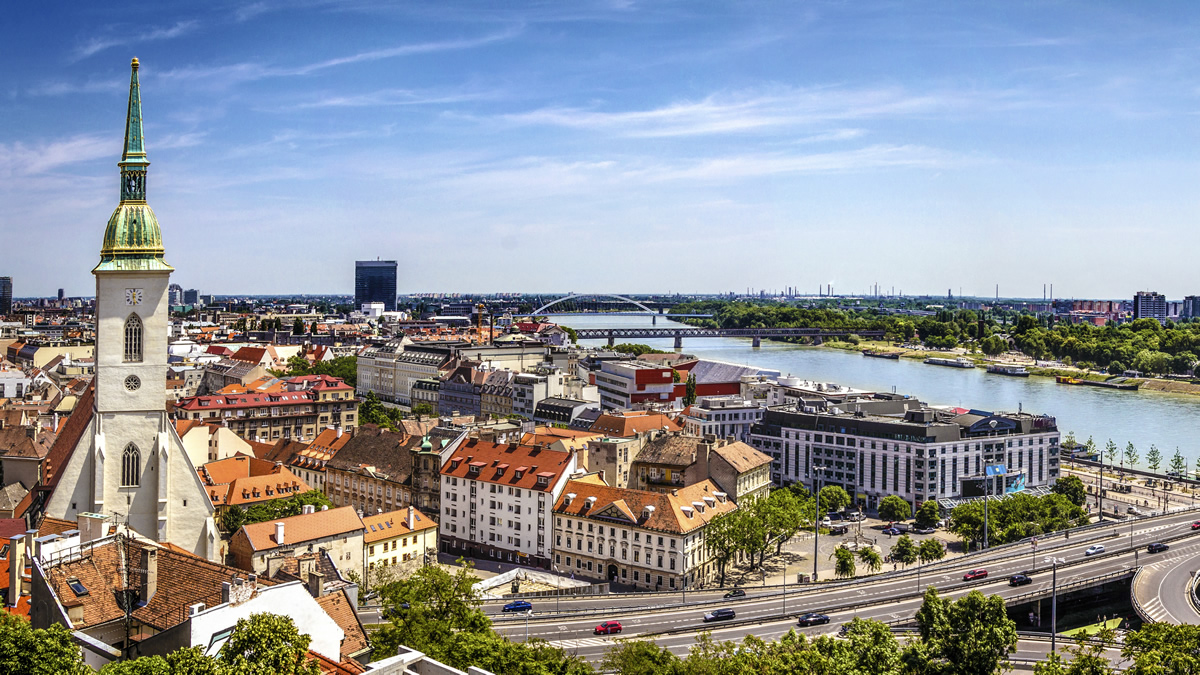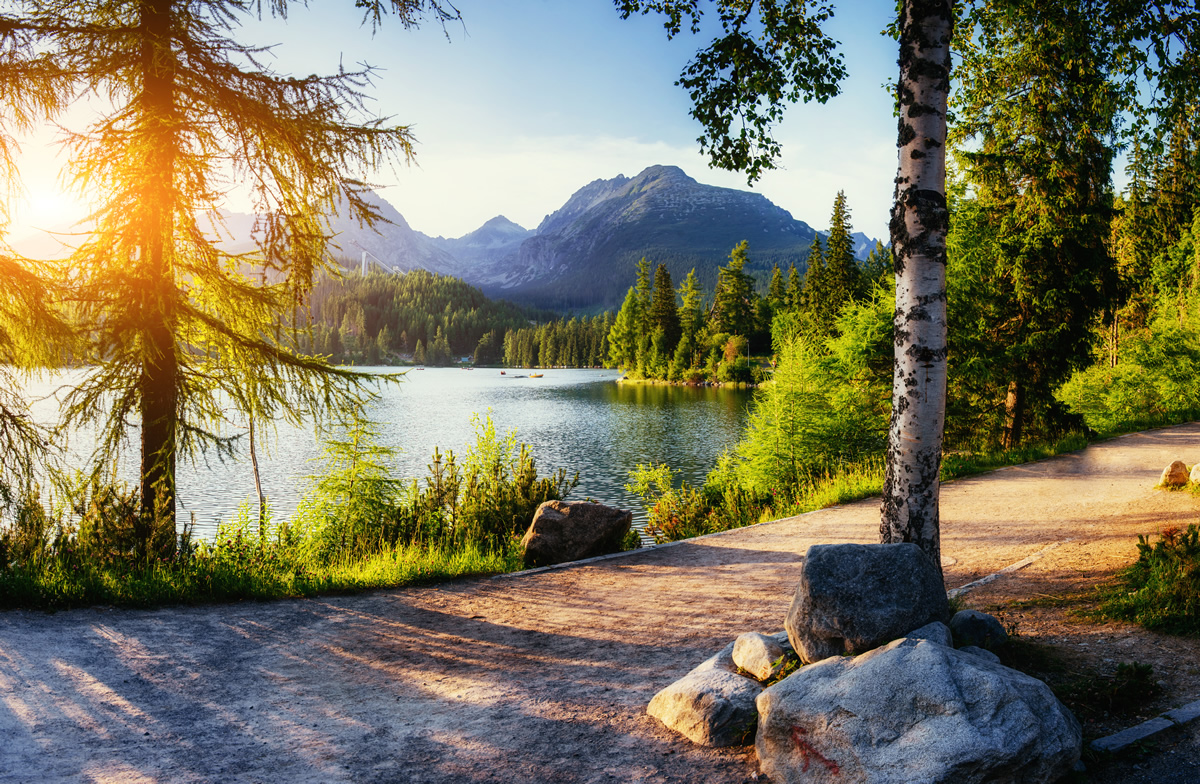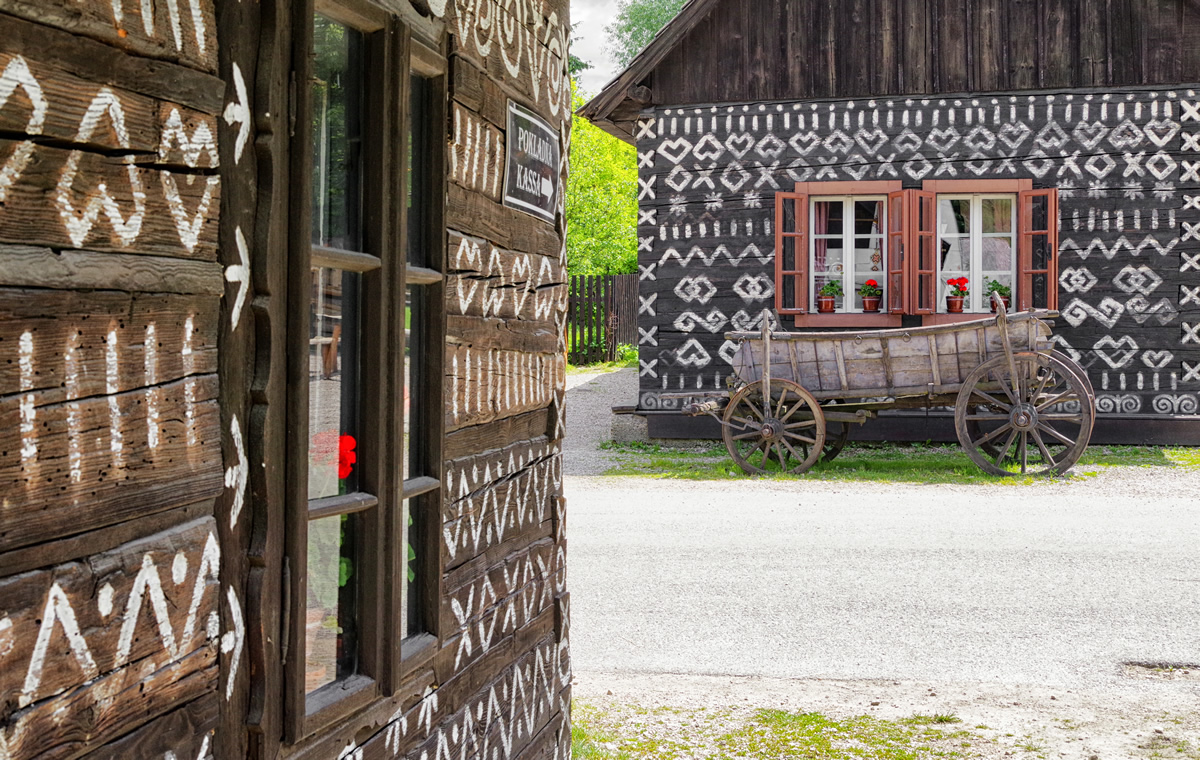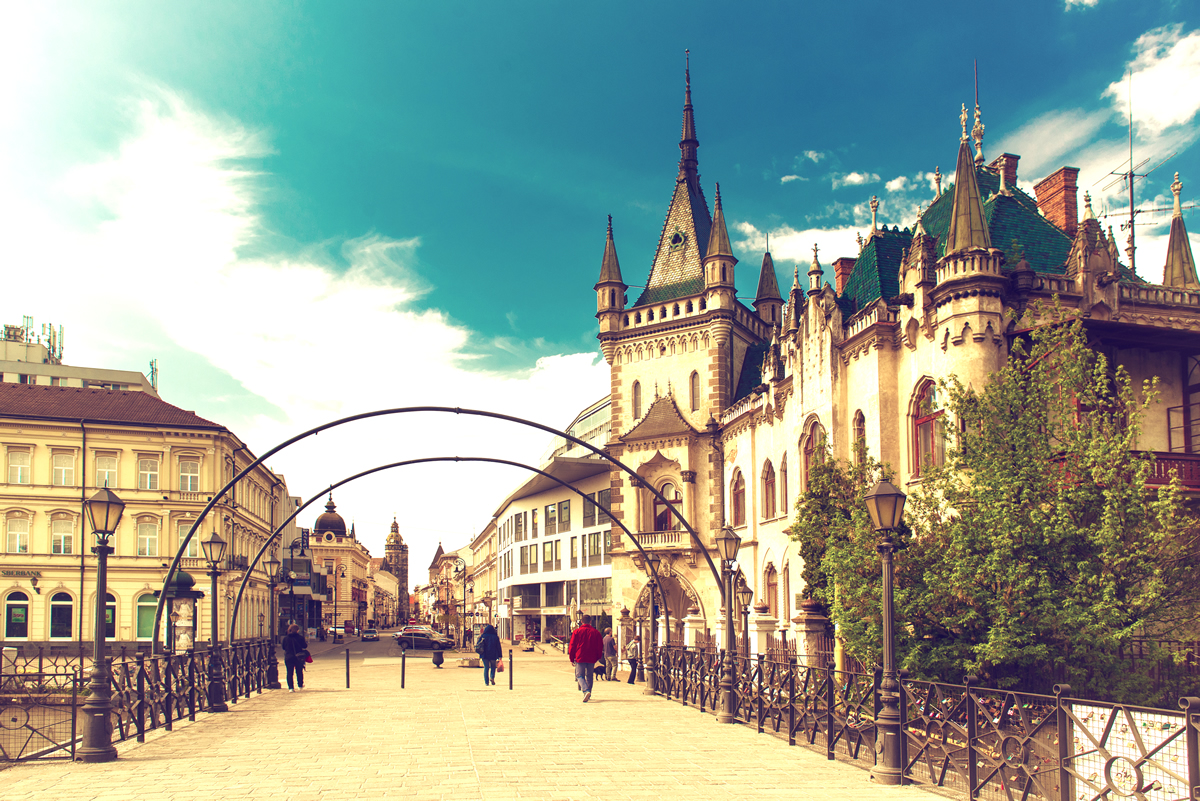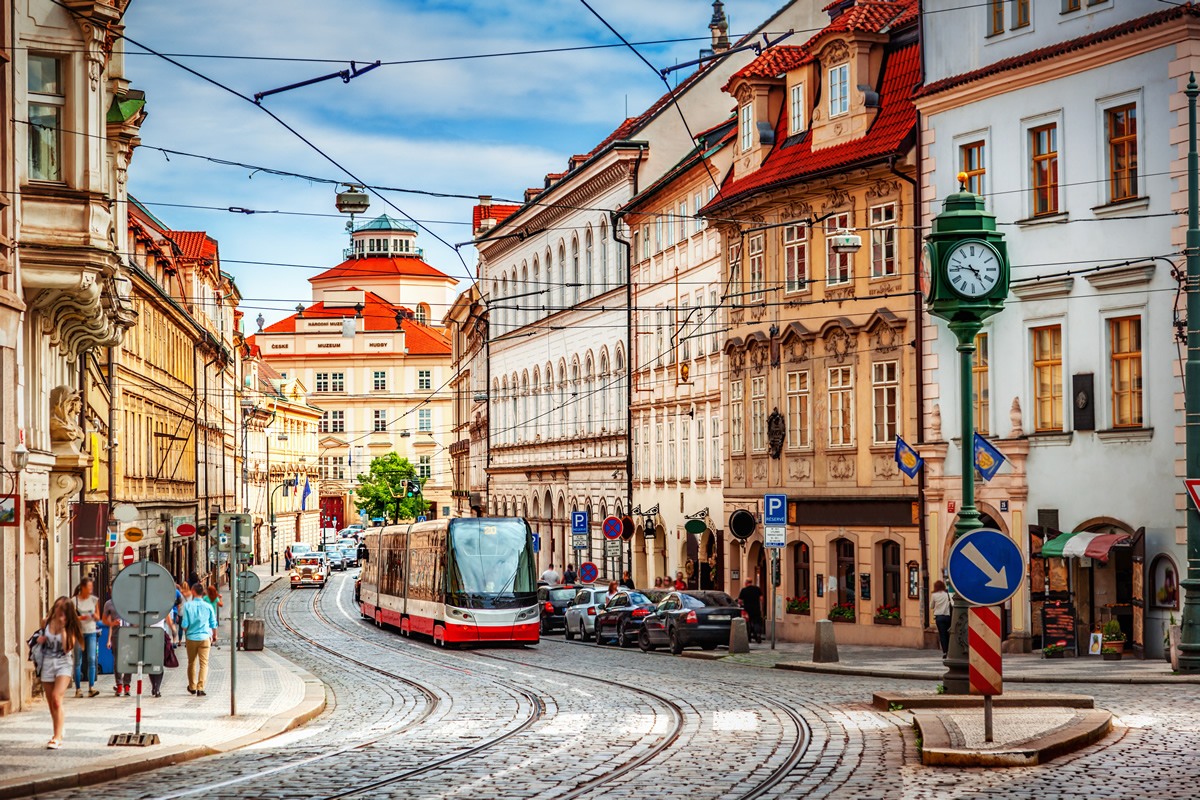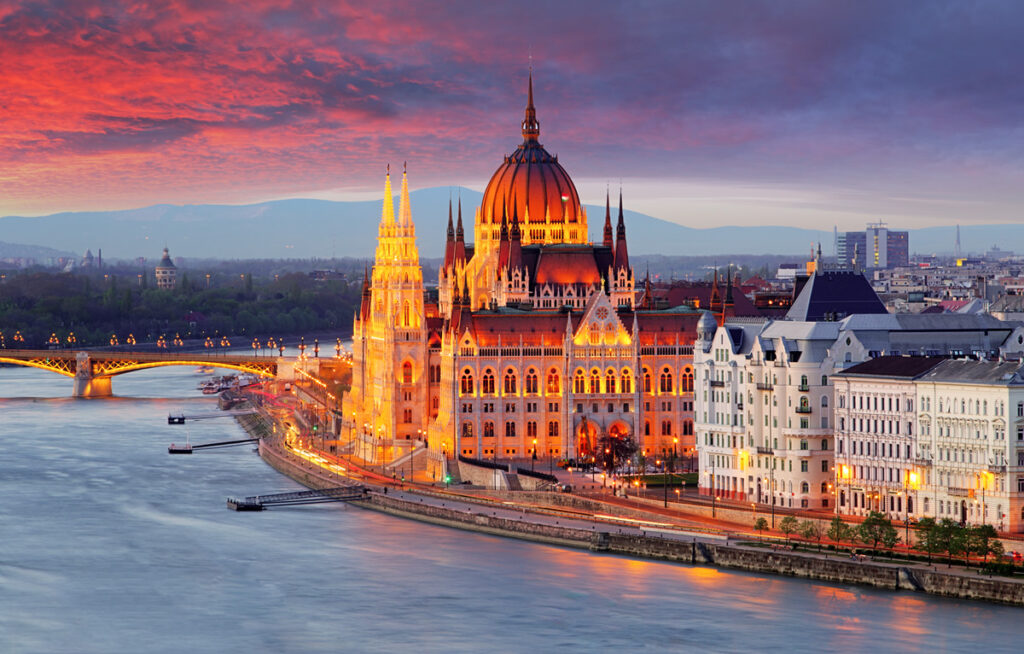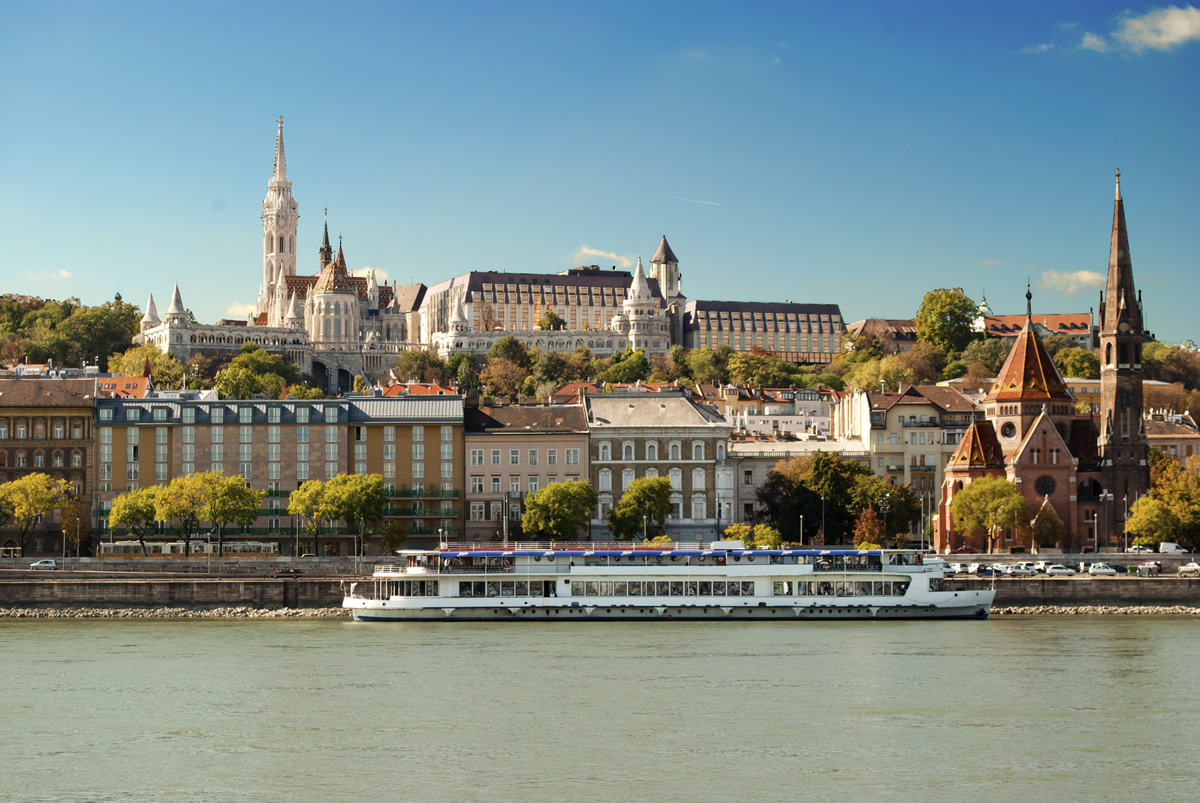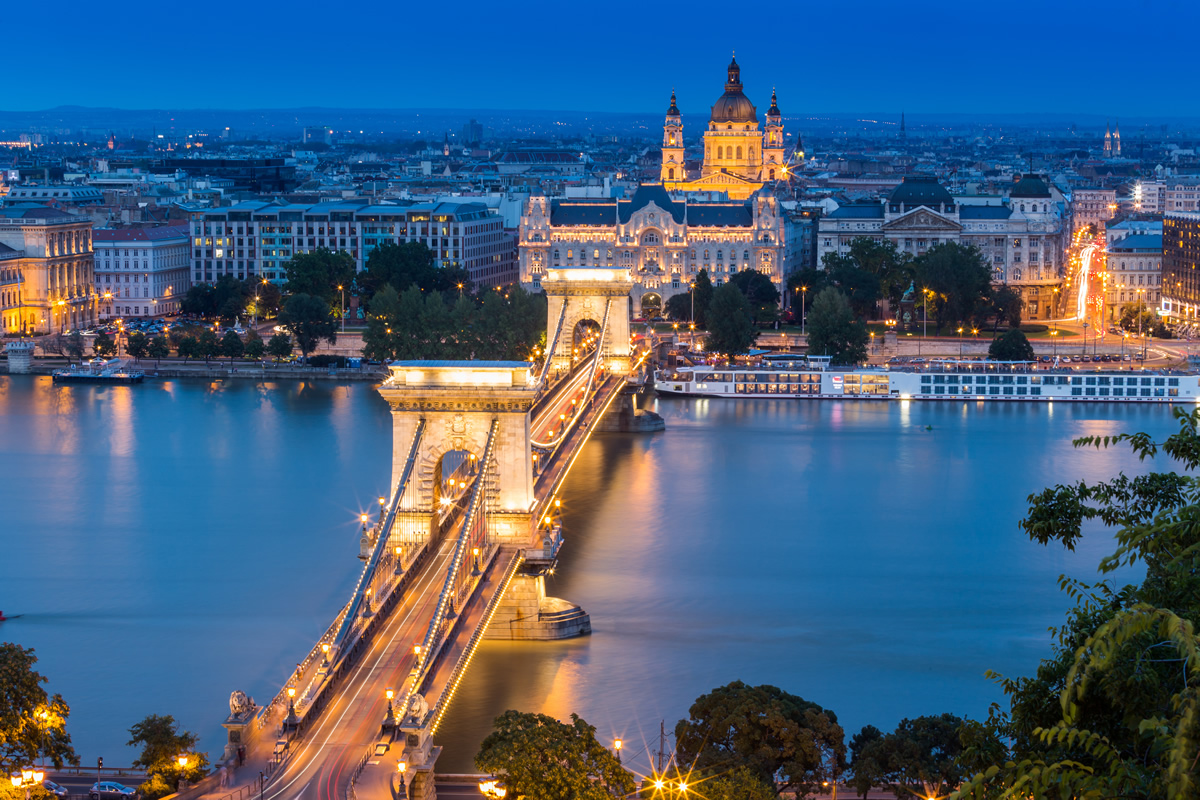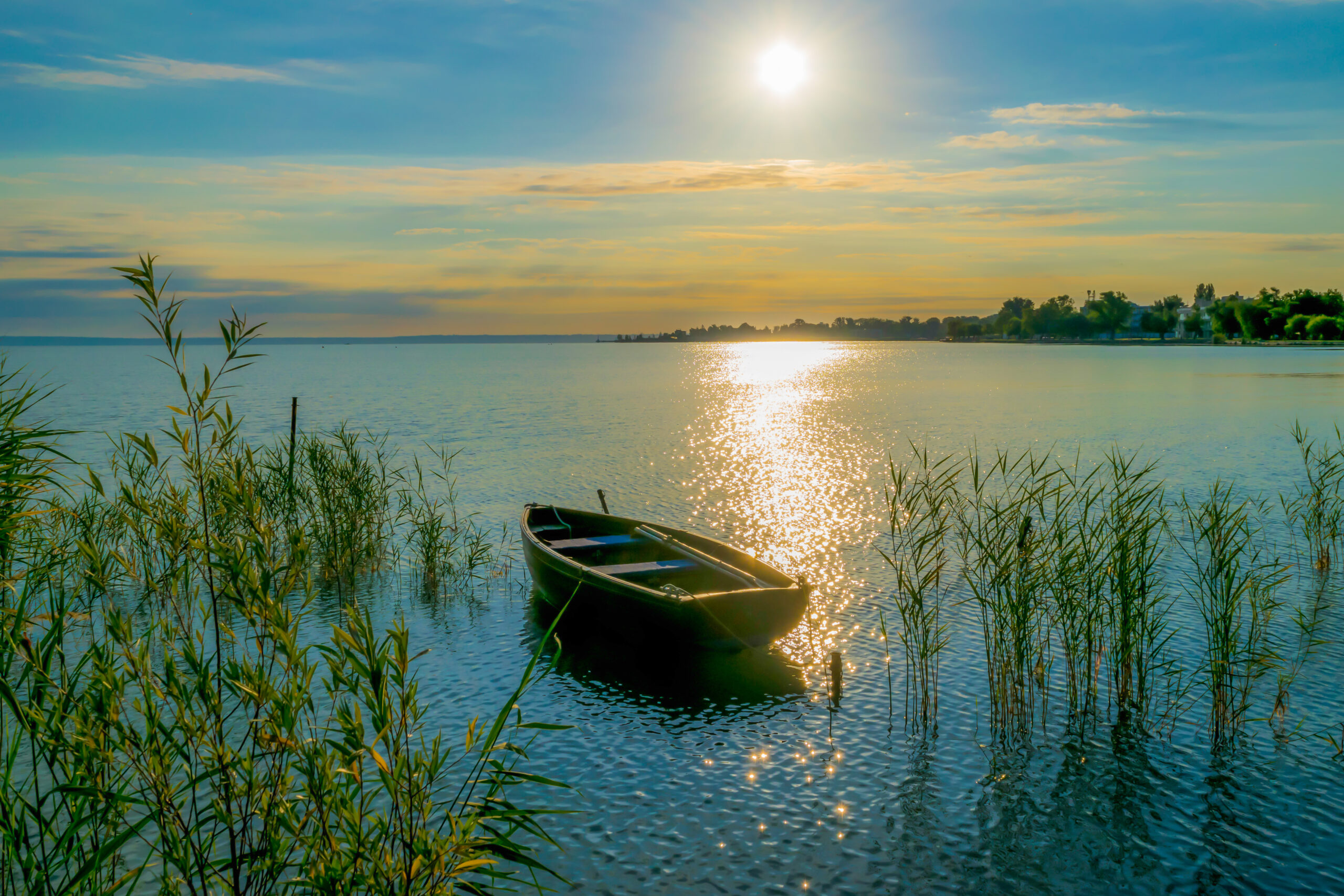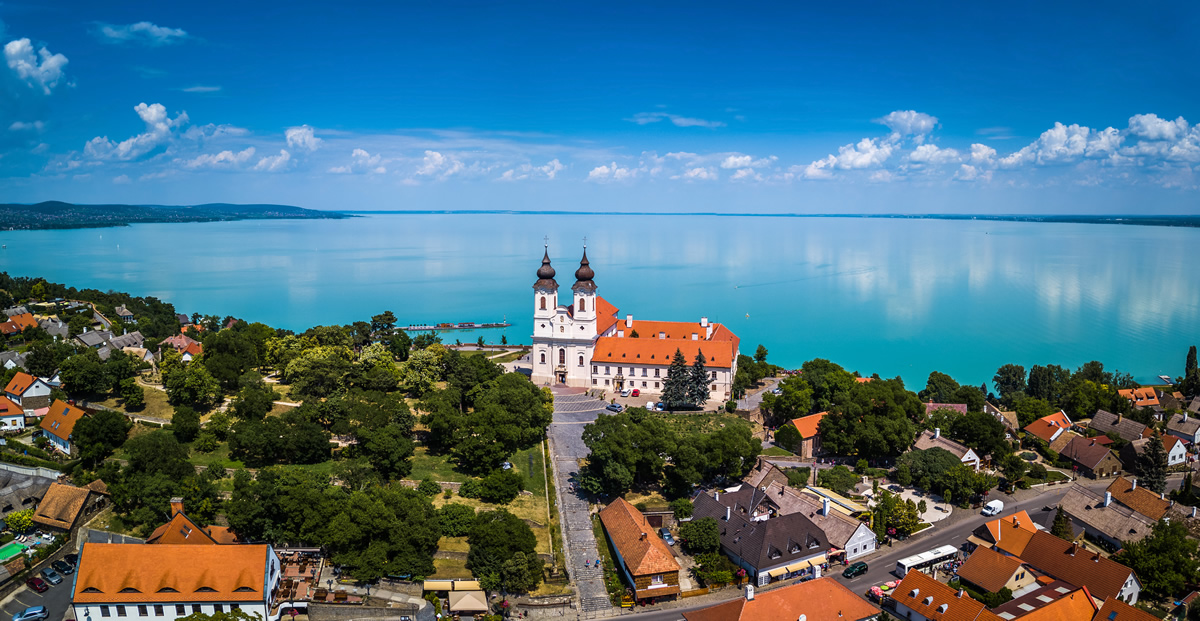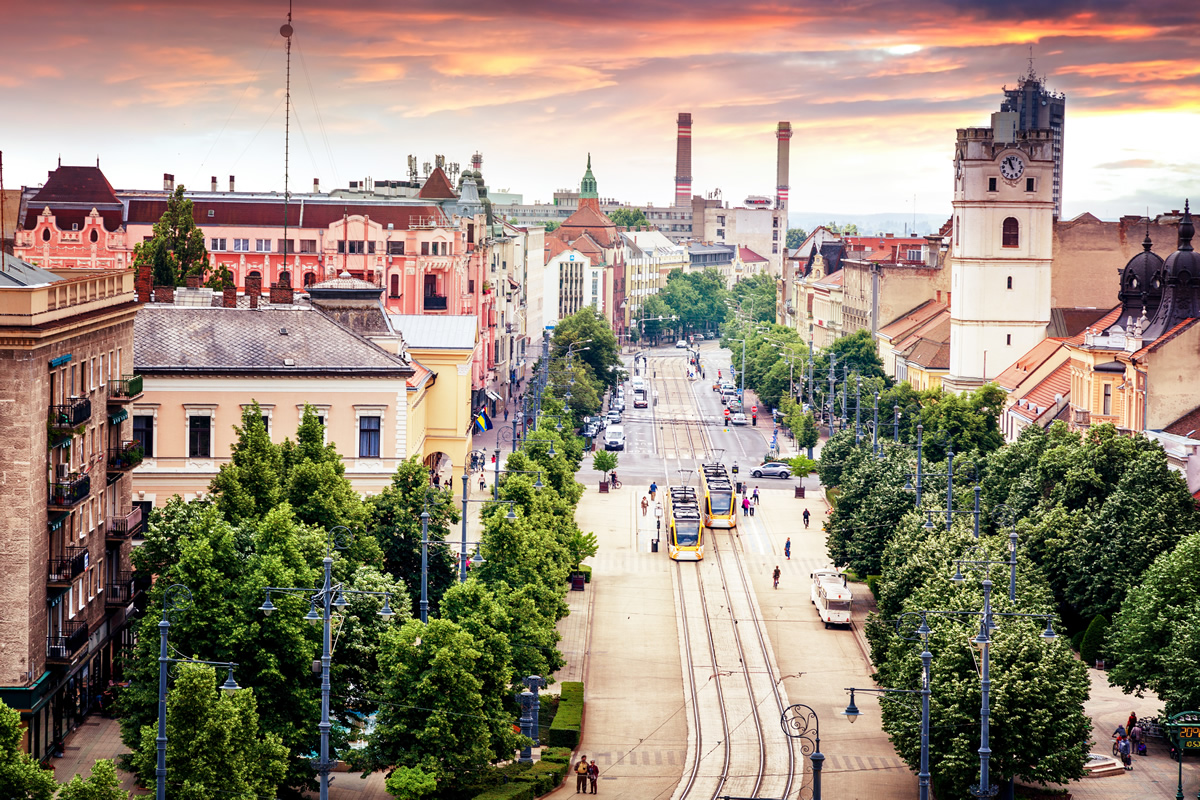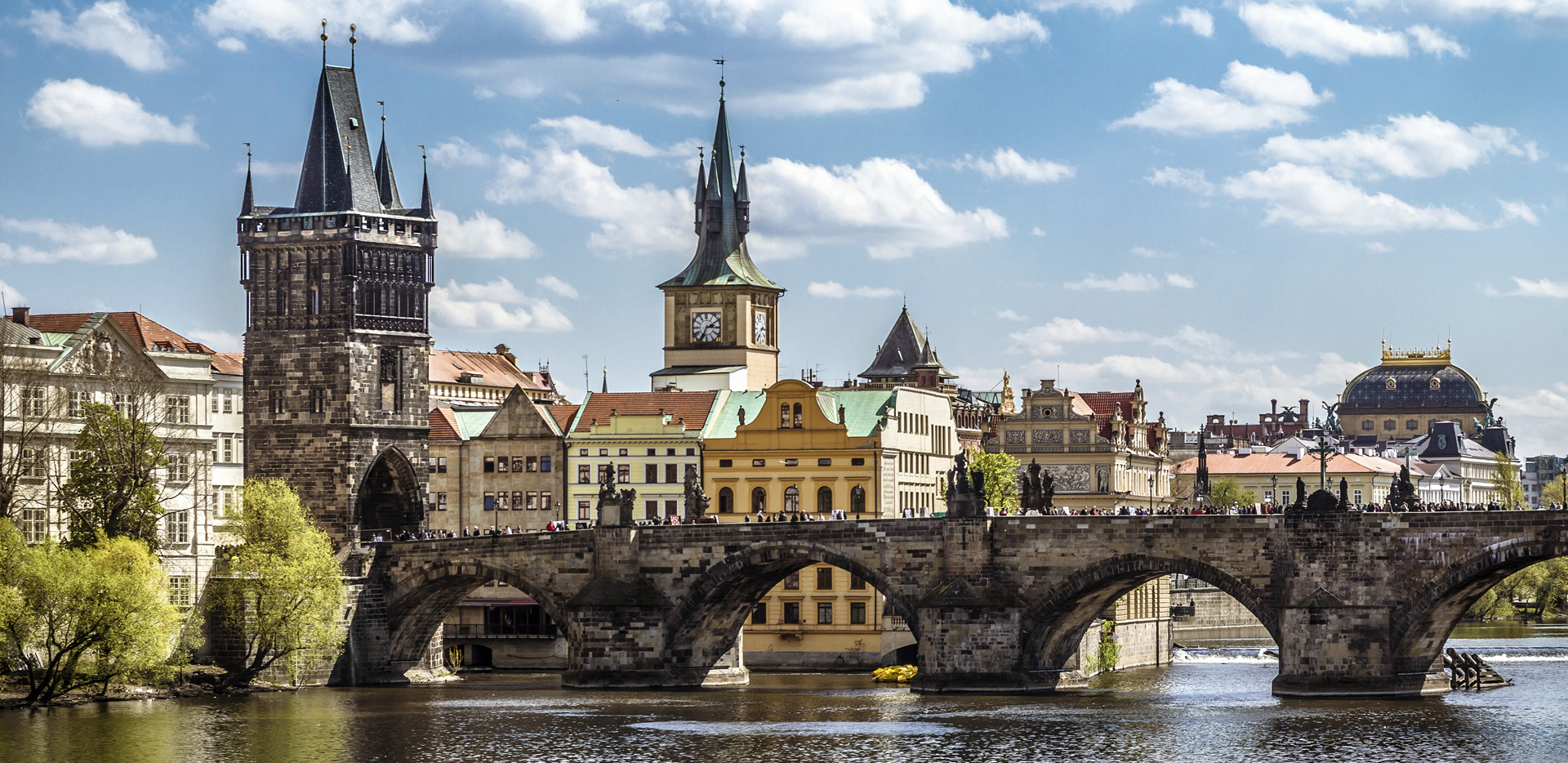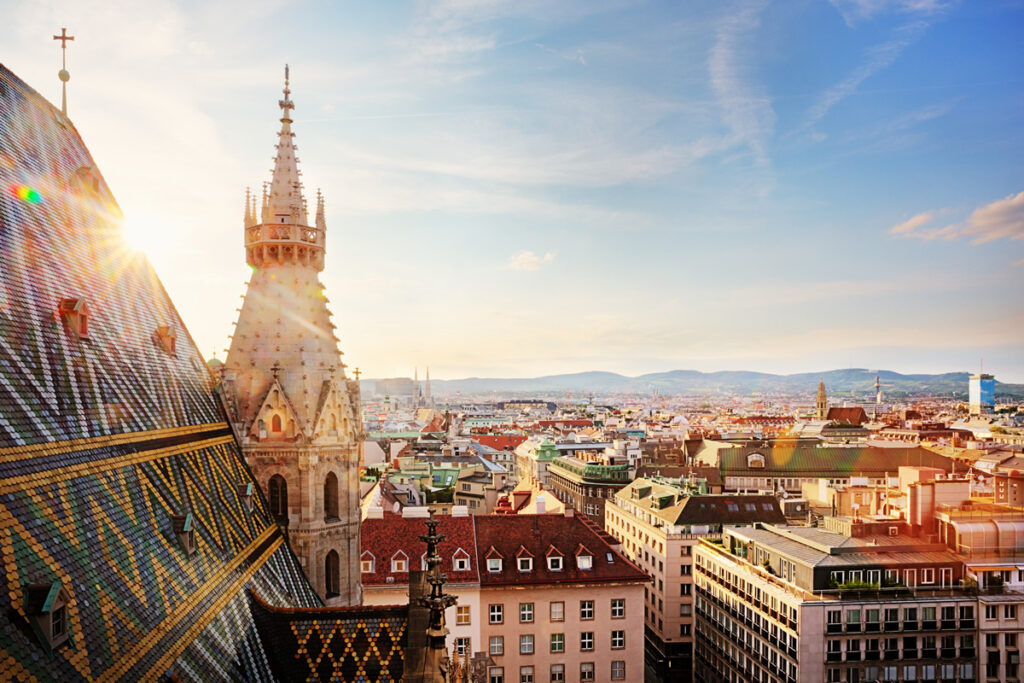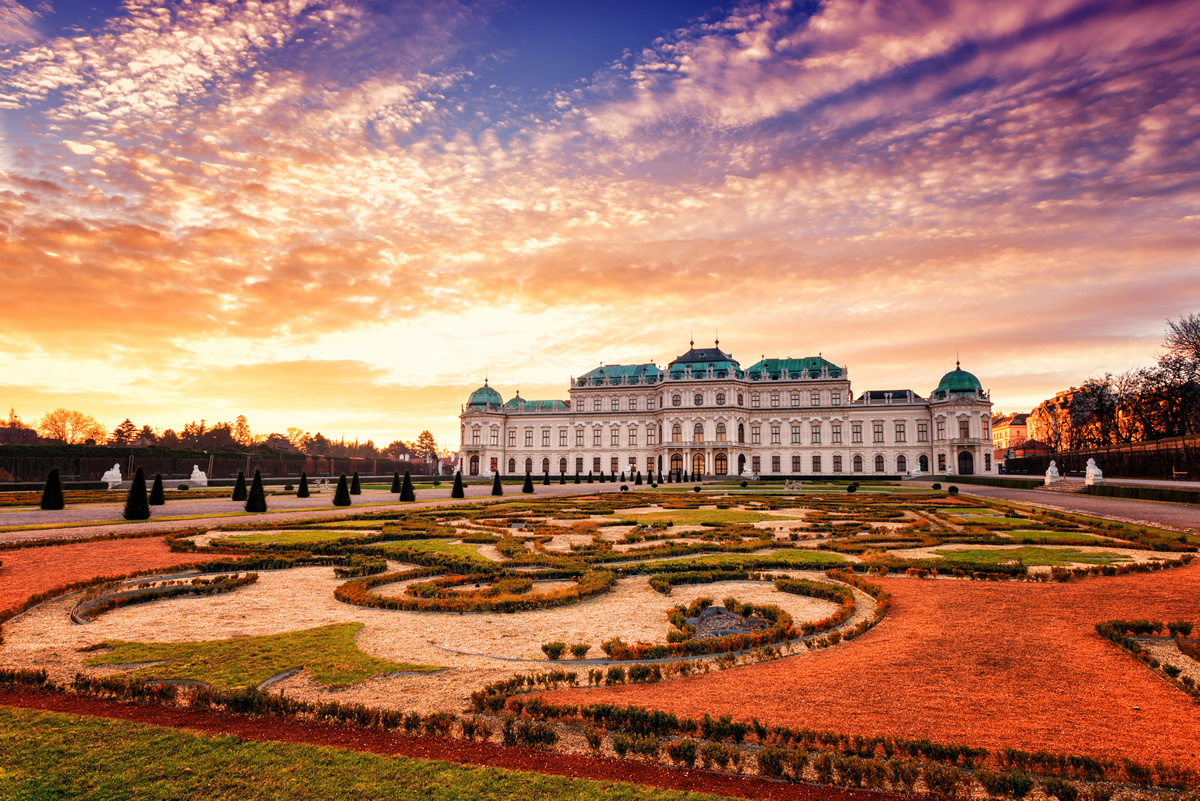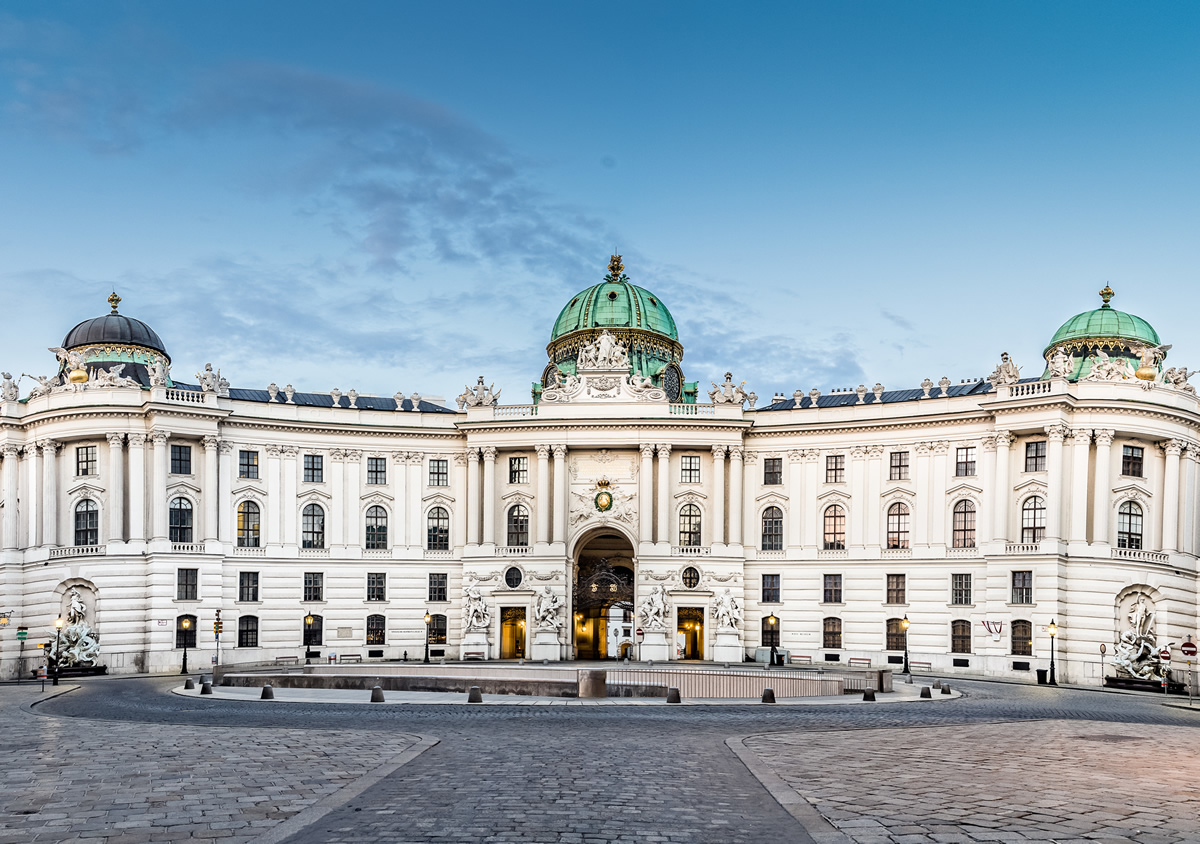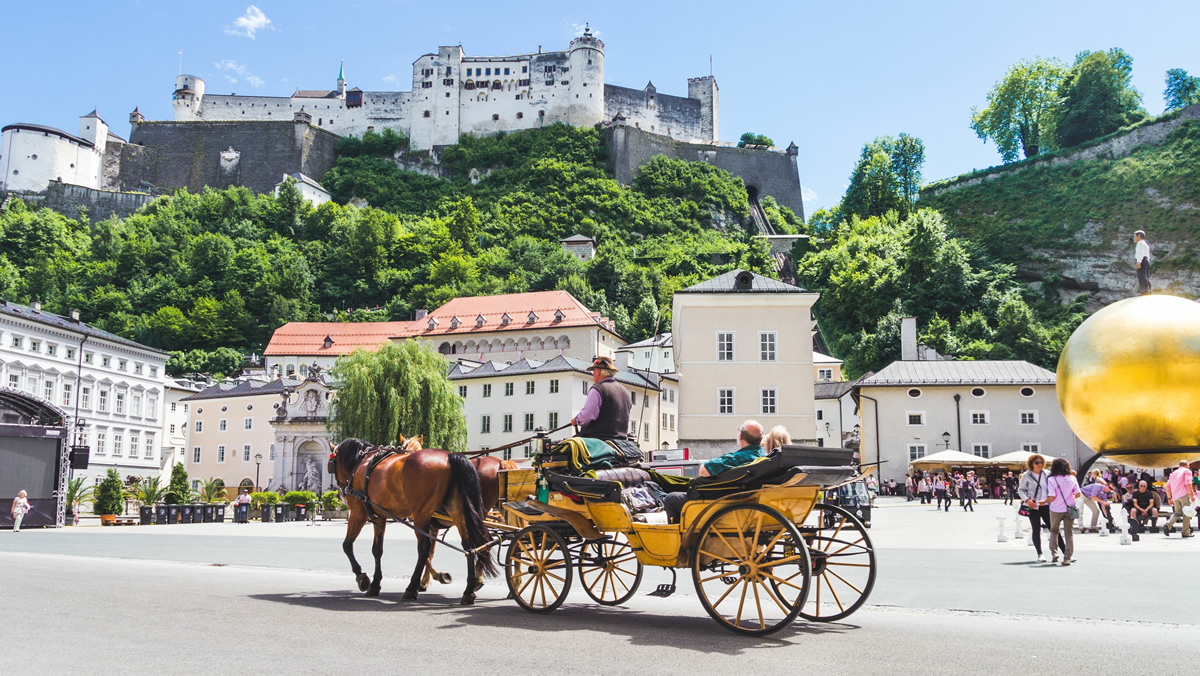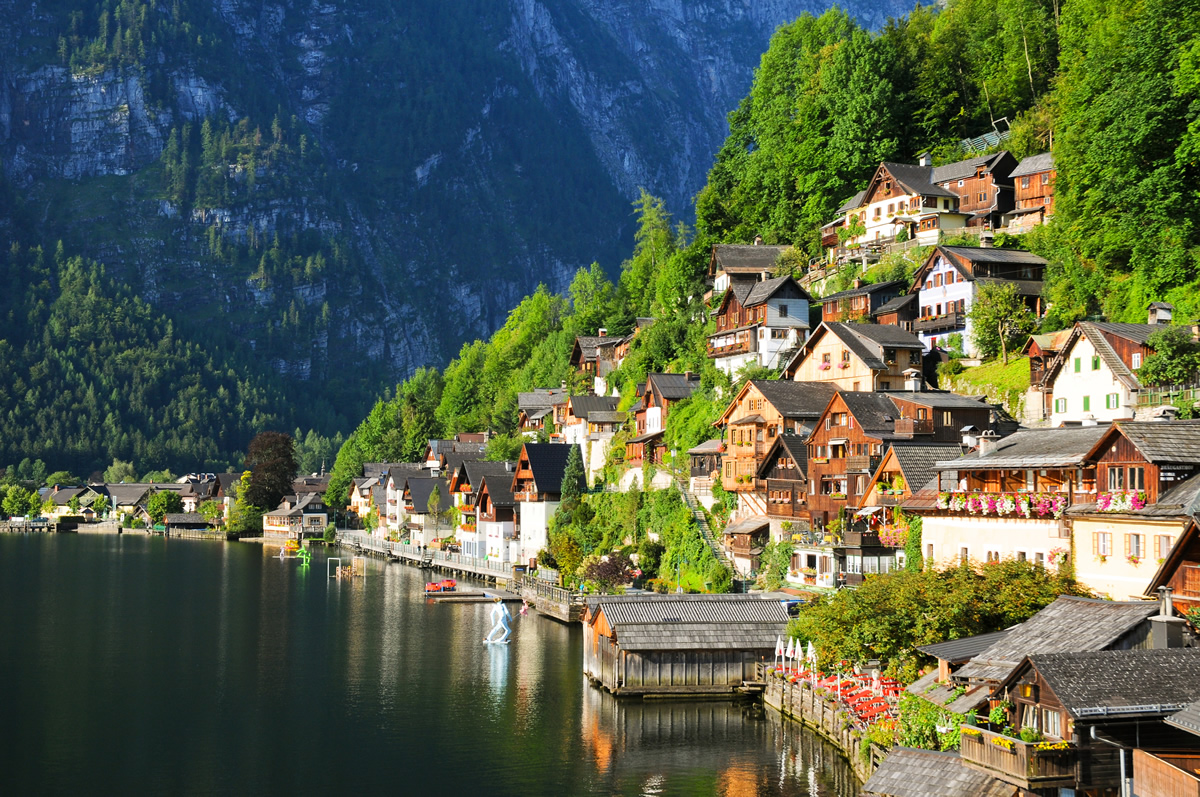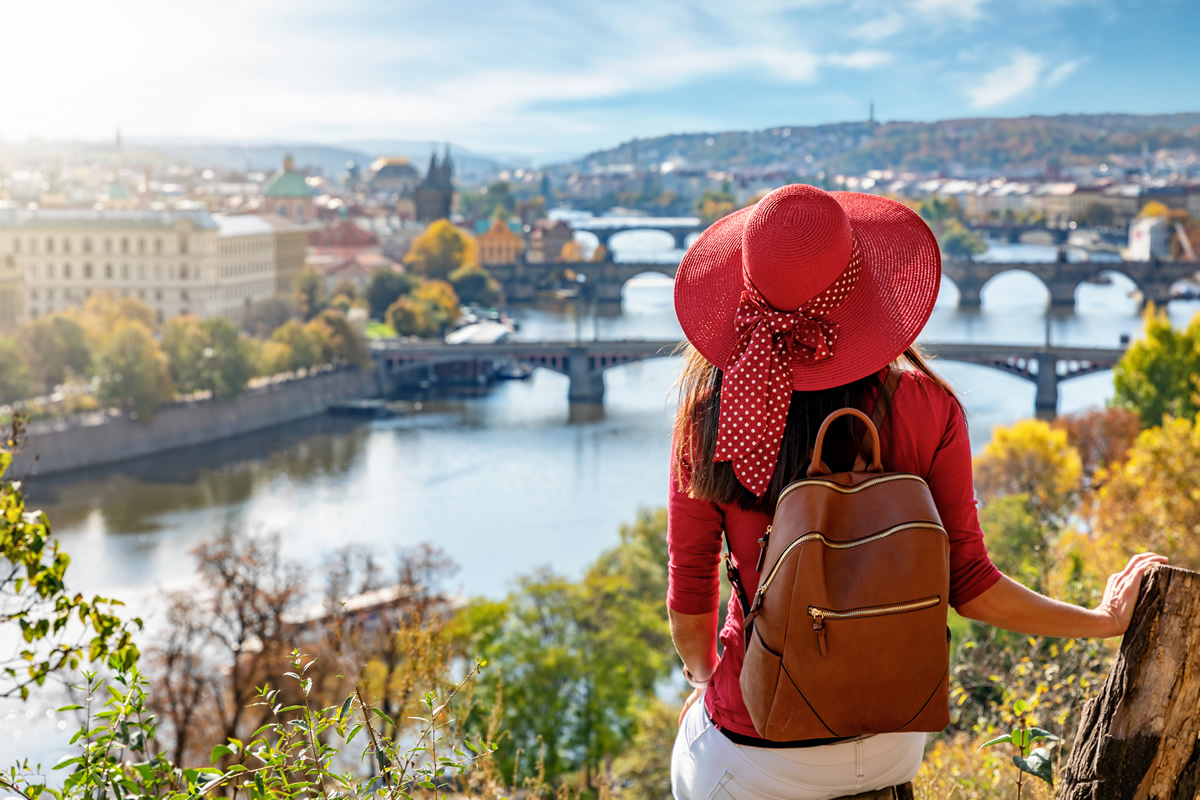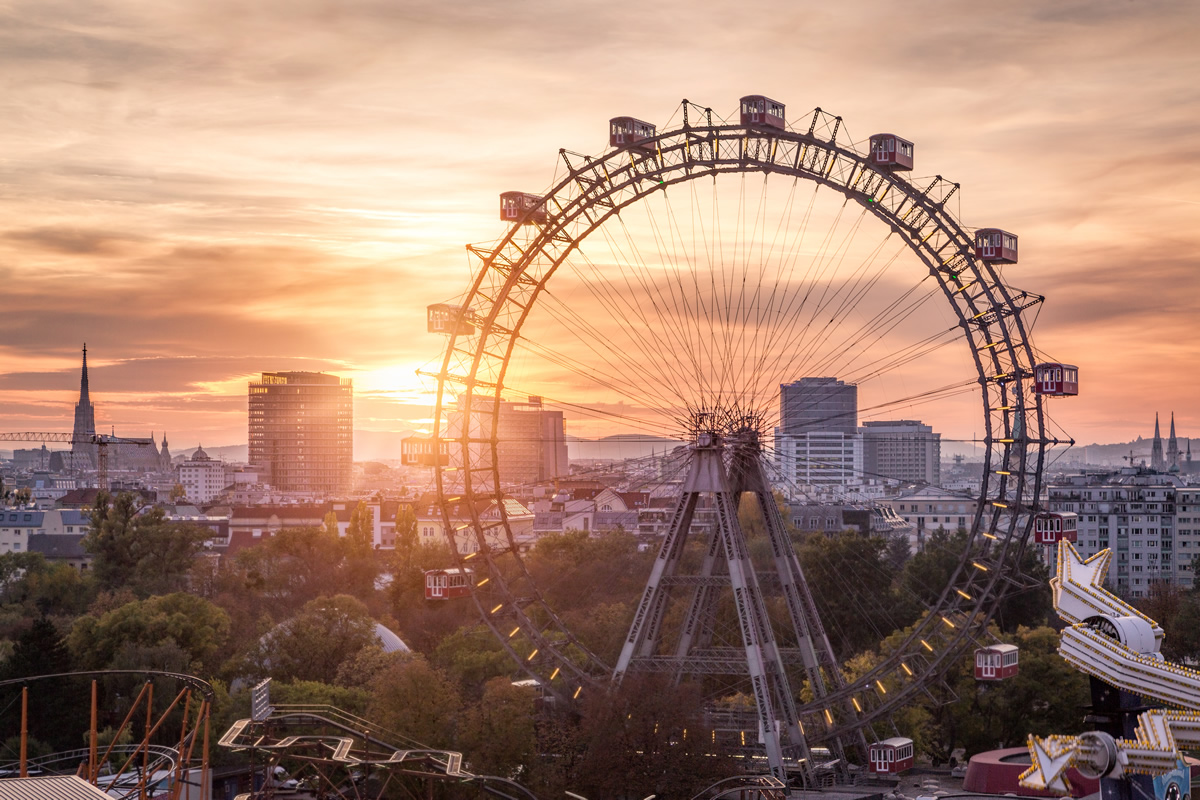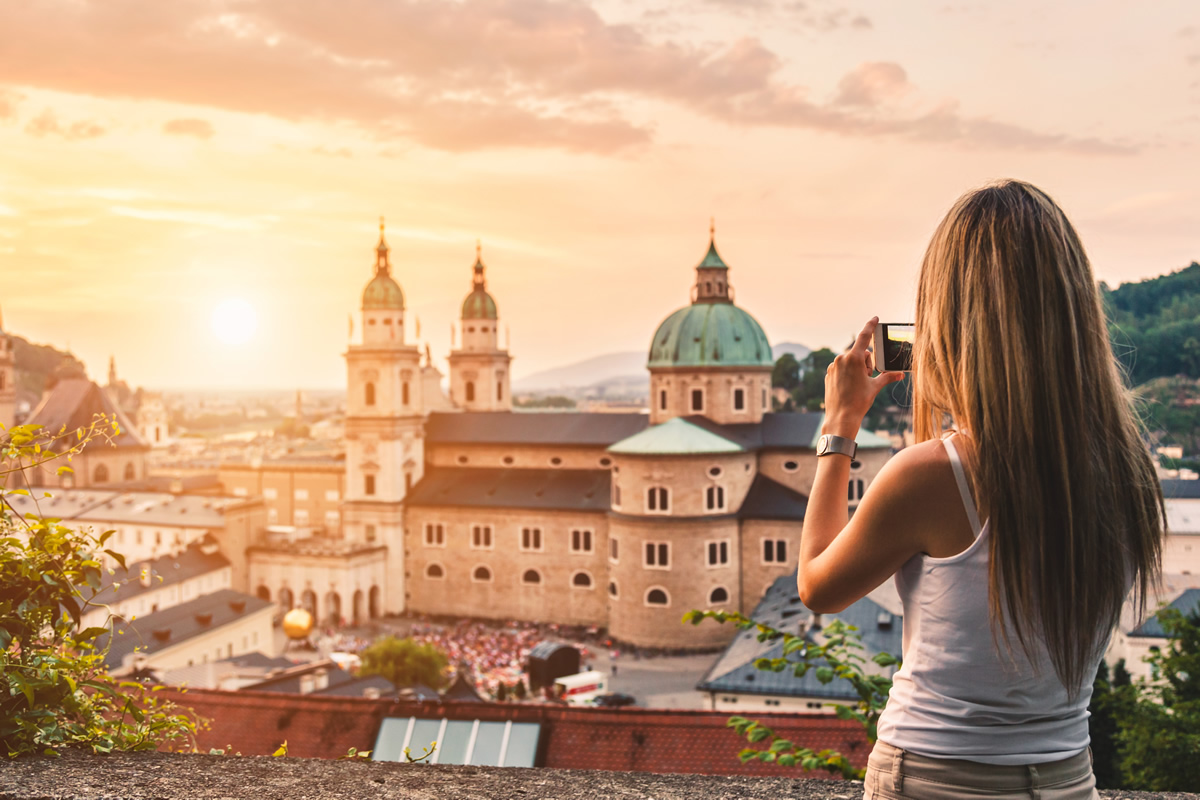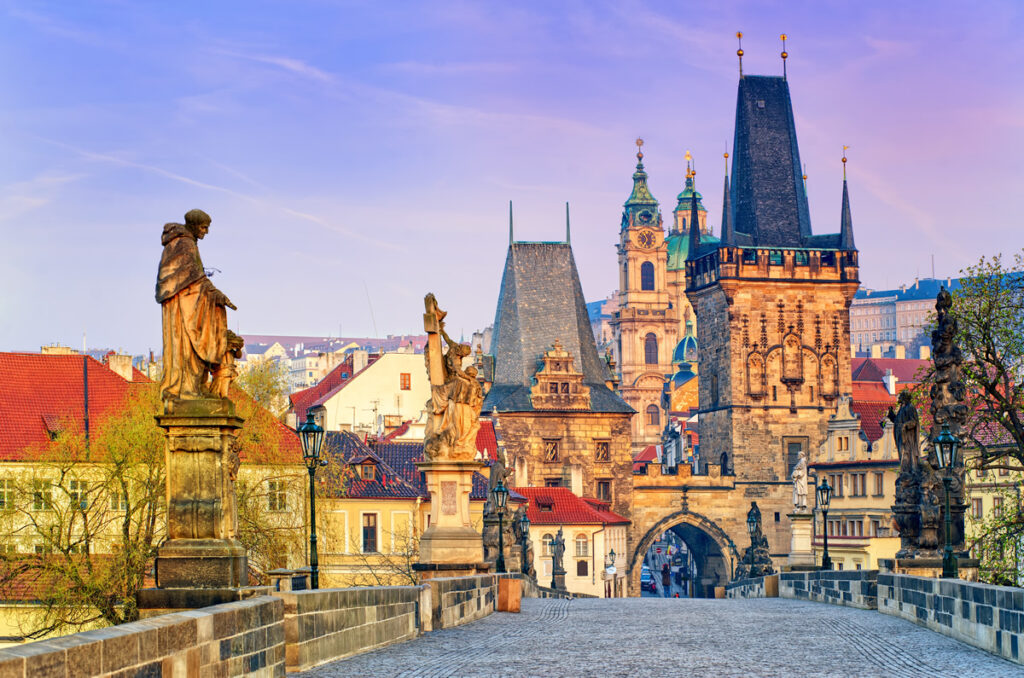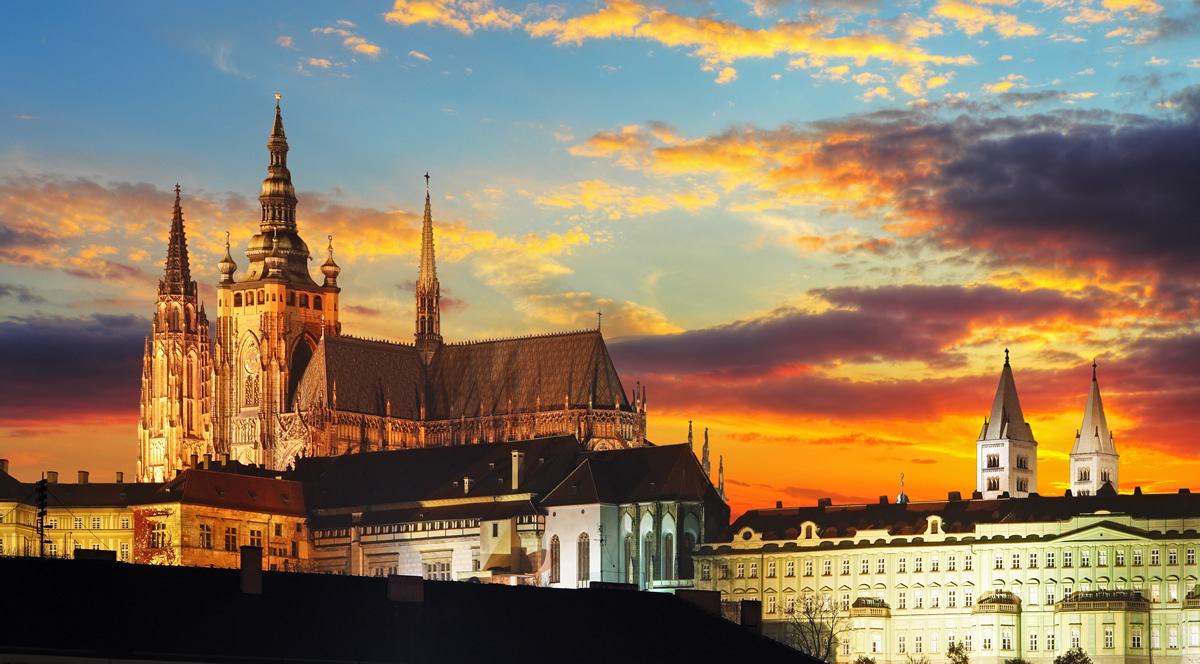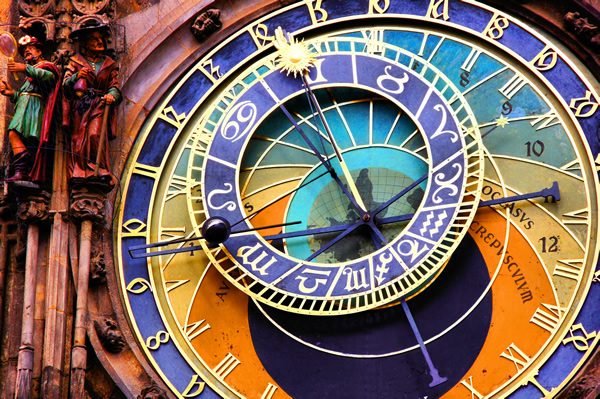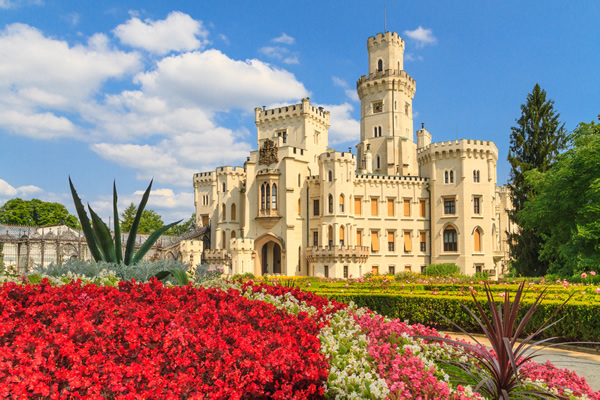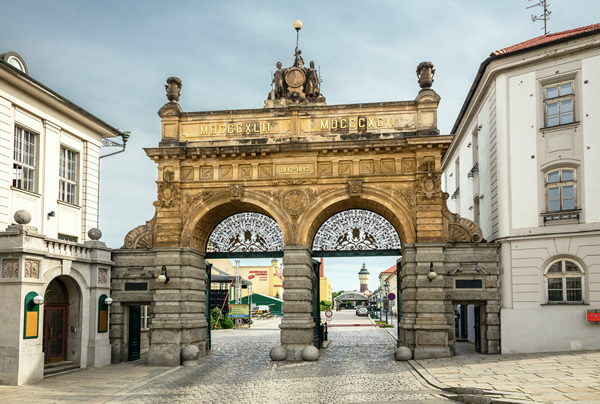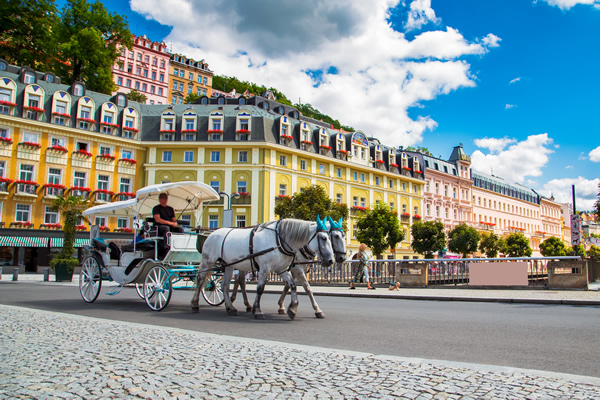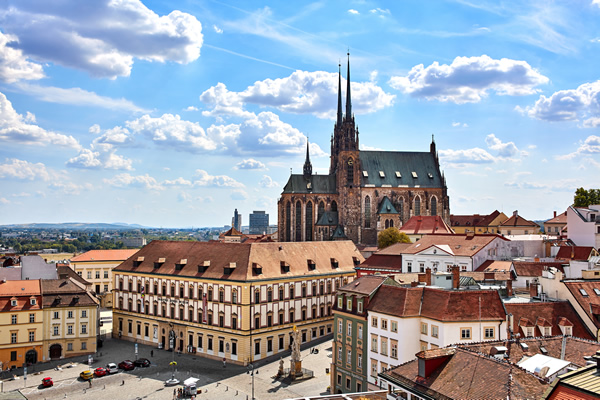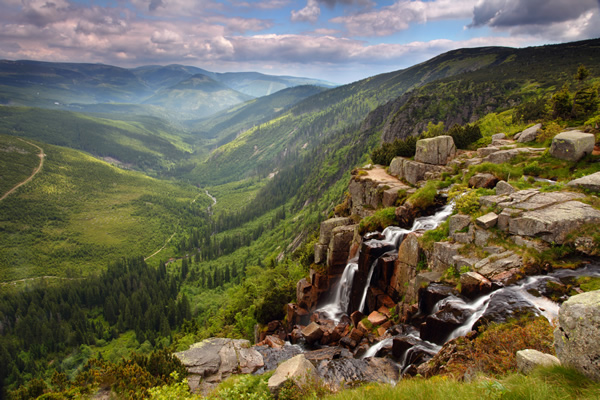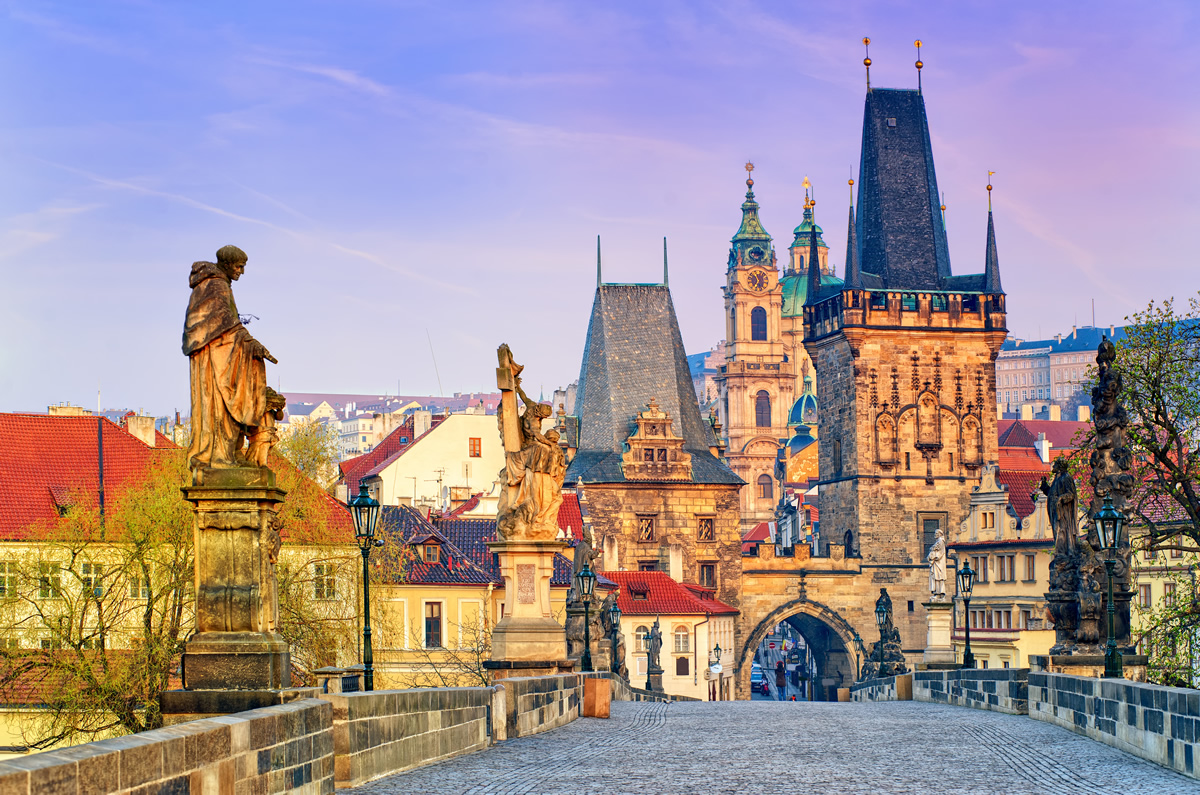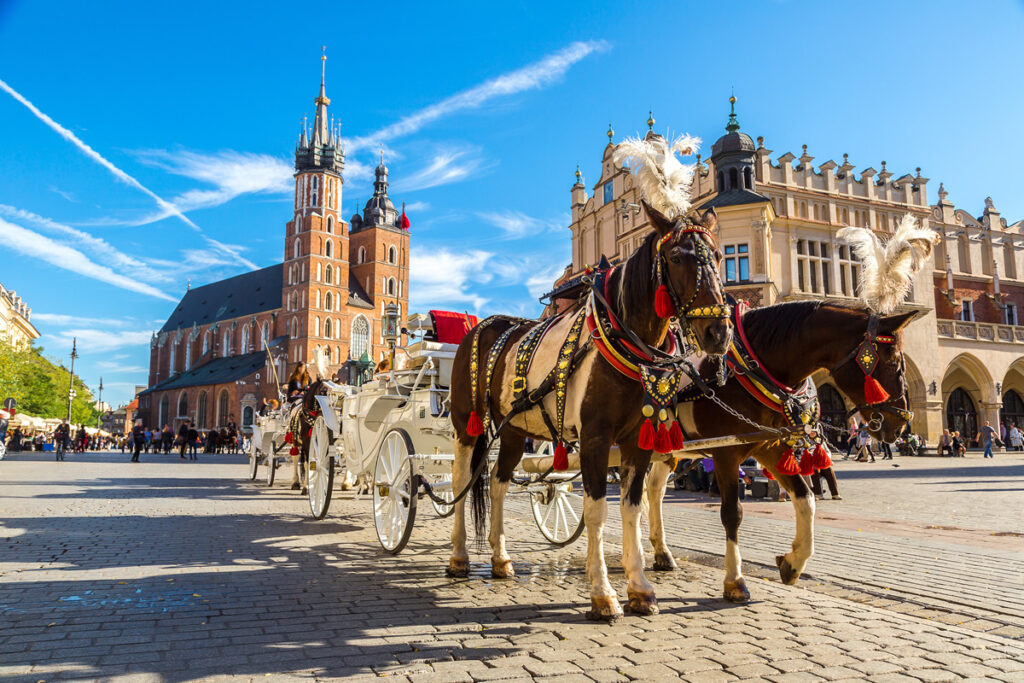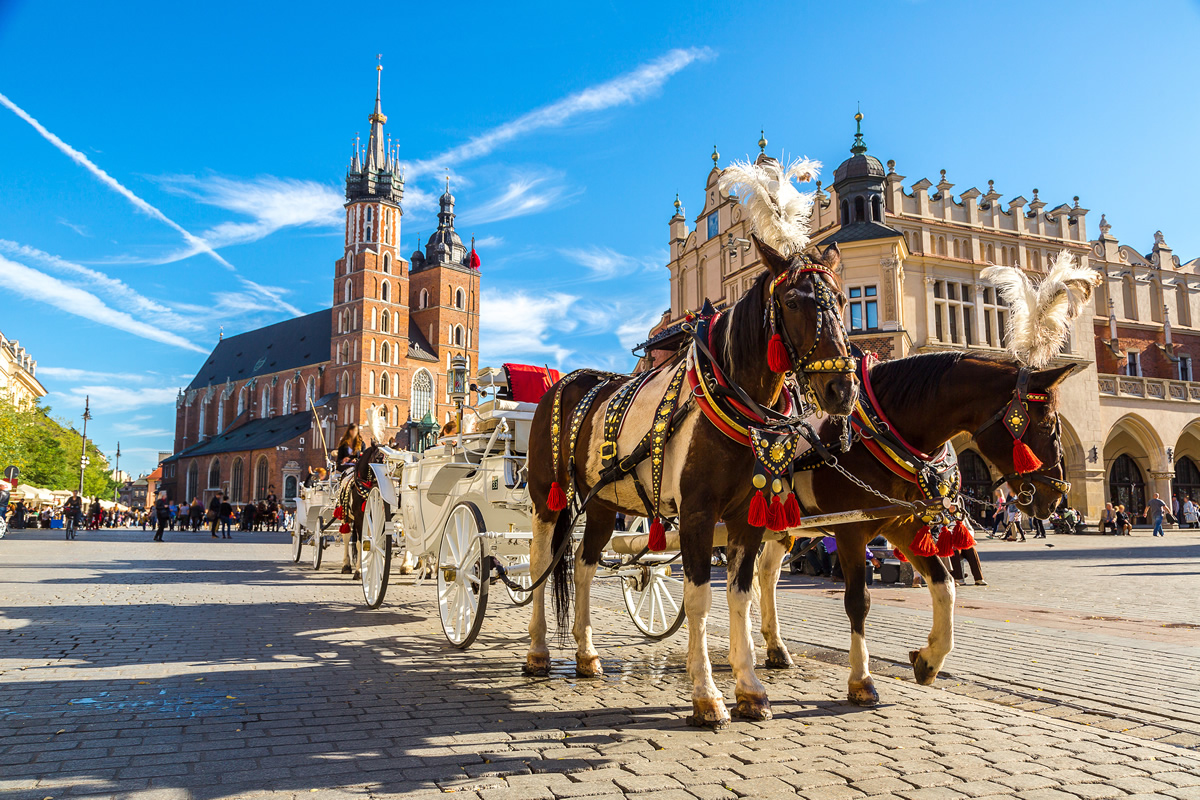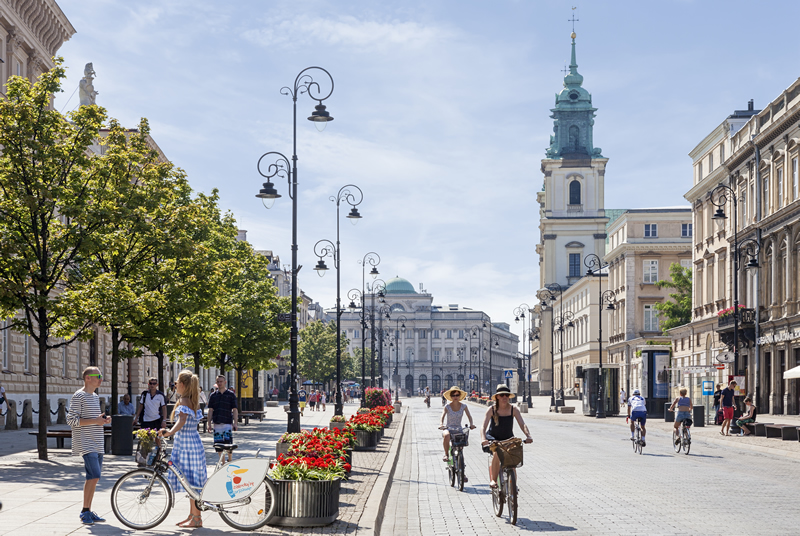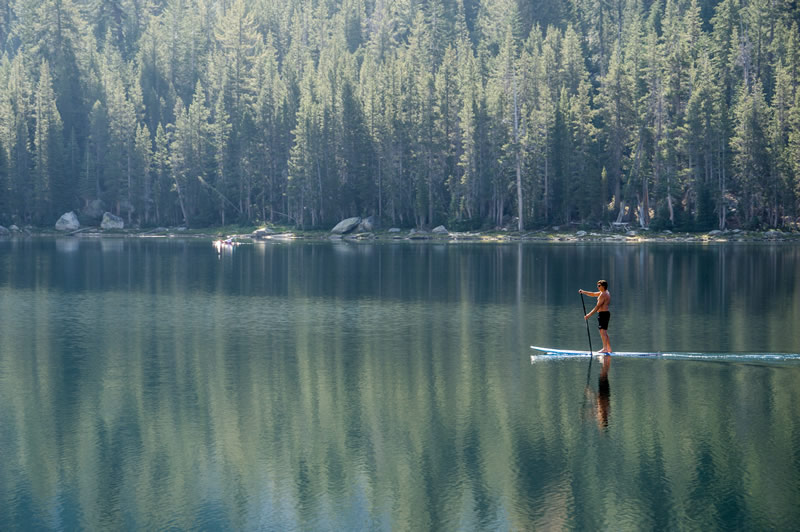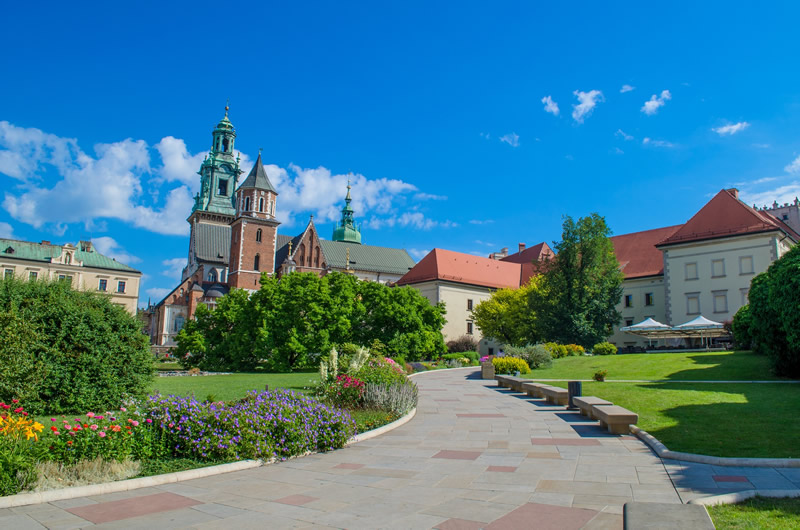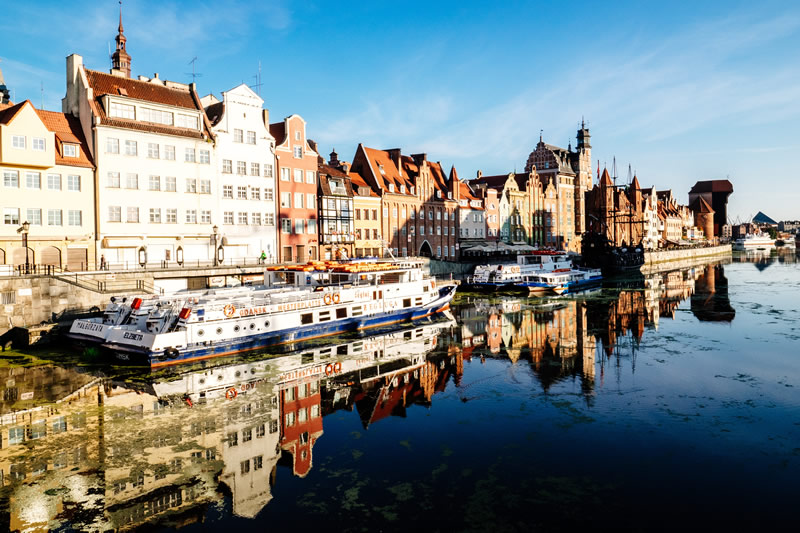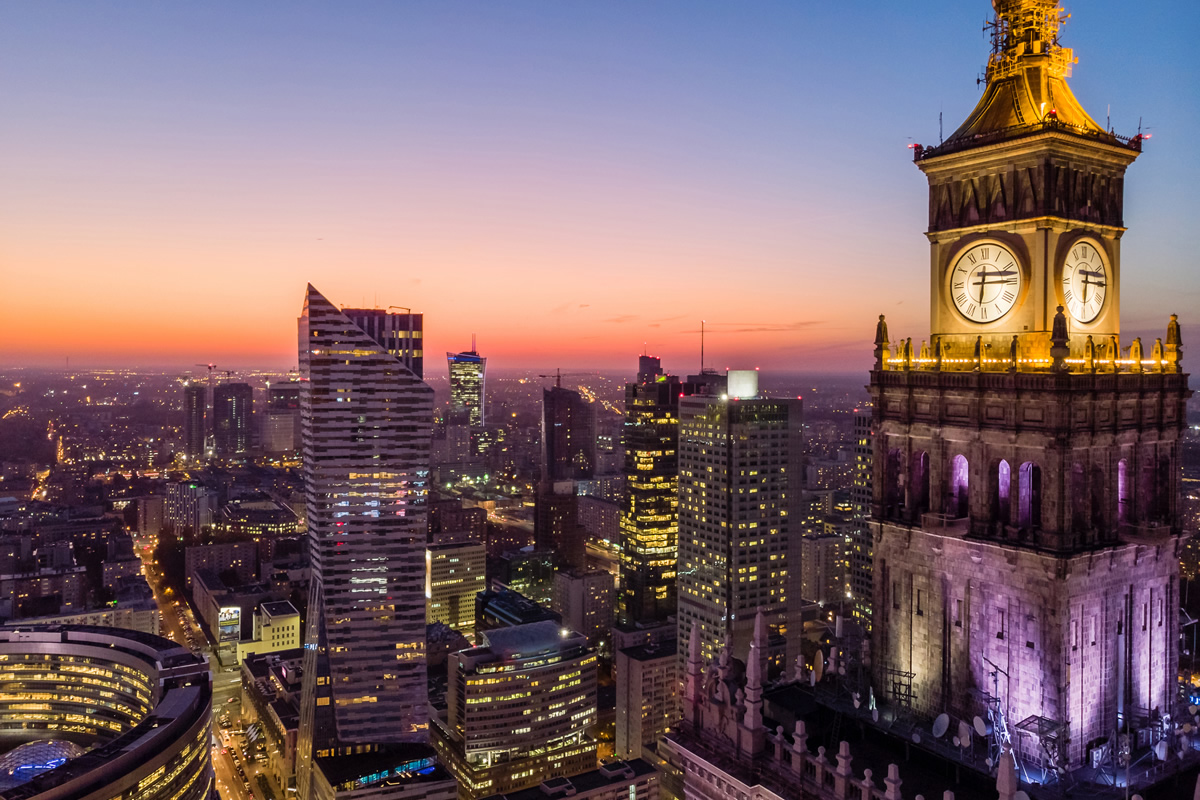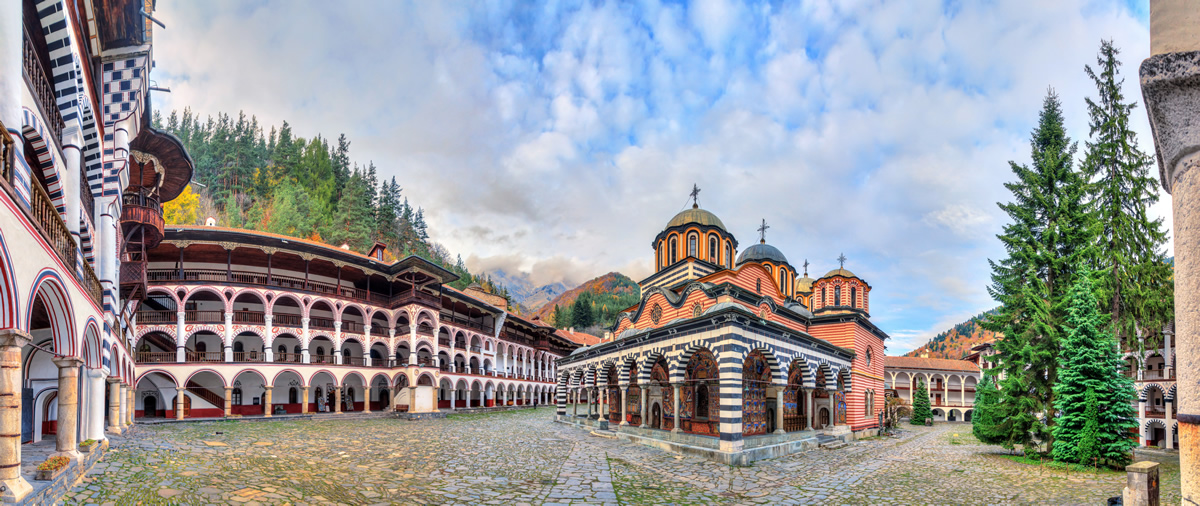
From the Black Sea coastline, a mountainous interior and rivers to the the Danube river, Bulgaria is a cultural melting pot with Greek, Slavic, Ottoman, and Persian influences.
Bulgaria is a Balkan nation with diverse terrain situated in Southeastern Europe, in the east of the Balkans. A cultural melting pot with Greek, Slavic, Ottoman, and Persian influences, it has a rich heritage of traditions, dance, music and crafts. Bulgaria boasts with sublime beaches, winter sport and hiking opportunities, archaeological, historical, cultural monuments and churches. It is gaining popularity with western travelers and offering a wide range of activities.
Sofia
Sofia is the capital and largest city of Bulgaria located in the centre of the Balkans, midway between the Black Sea and the Adriatic Sea, and closest to the Aegean Sea.
Situated in the valley at the foot of the Vitosha mountain in the western parts of the country, Sofia is built west of the Iskar river, and has many mineral springs. It is one of Europe’s oldest cities and rich with ruins, monuments and architecture that reflect more than 2,000 years of history, including Greek, Roman, Ottoman and Soviet occupation. Today, Sofia is a dynamic Eastern European capital, known for its unique combination of European and Communist-style architecture and many beautiful orthodox churches. The National Historical Museum is one of Eastern Europe’s most extensive museums and worth a visit. Beautiful cobblestone boulevards, charming boutiques, exciting nightlife, and of course beautiful scenery and a ski-resort so close to it – the Vitosha mountain, Sofia is the capital you will remember.
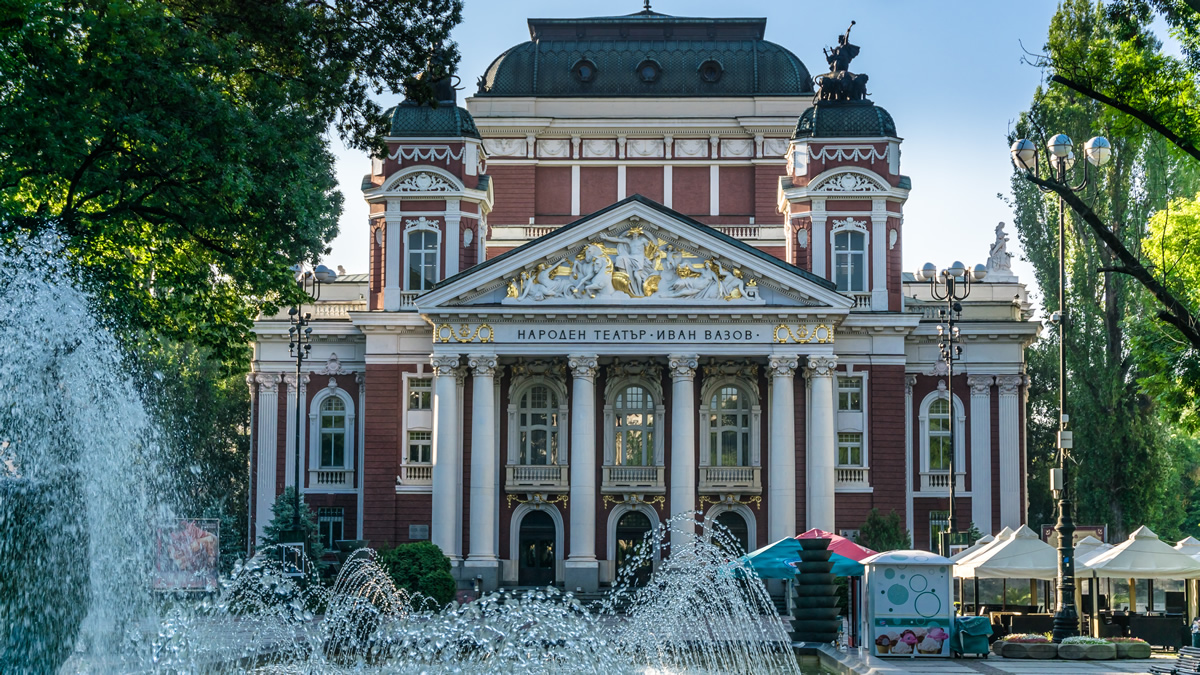
Plovdiv
Plovdiv is the second-largest city in Bulgaria, one of the oldest cities in Europe and the cultural capital of Bulgaria. It is an important economic, transport, cultural, and educational center.
Plovdiv is an ancient city built around 7 hills, in southern Bulgaria. During it’s long history (since around 6000 BC), inhabitants of this city left their marks. Thracian, Roman ruins can be seen in or near the city center area. The Roman-era Ancient Theatre of Philippopolis now hosts opera and concerts. During the occupation by the Ottoman Empire, a large mosque was built in the center of the city. For history lovers, the Regional Archaeological Museum chronicles the city’s long history. Today, next to Sofia, Plovdiv is a famous tourist destination, not to be underestimated.
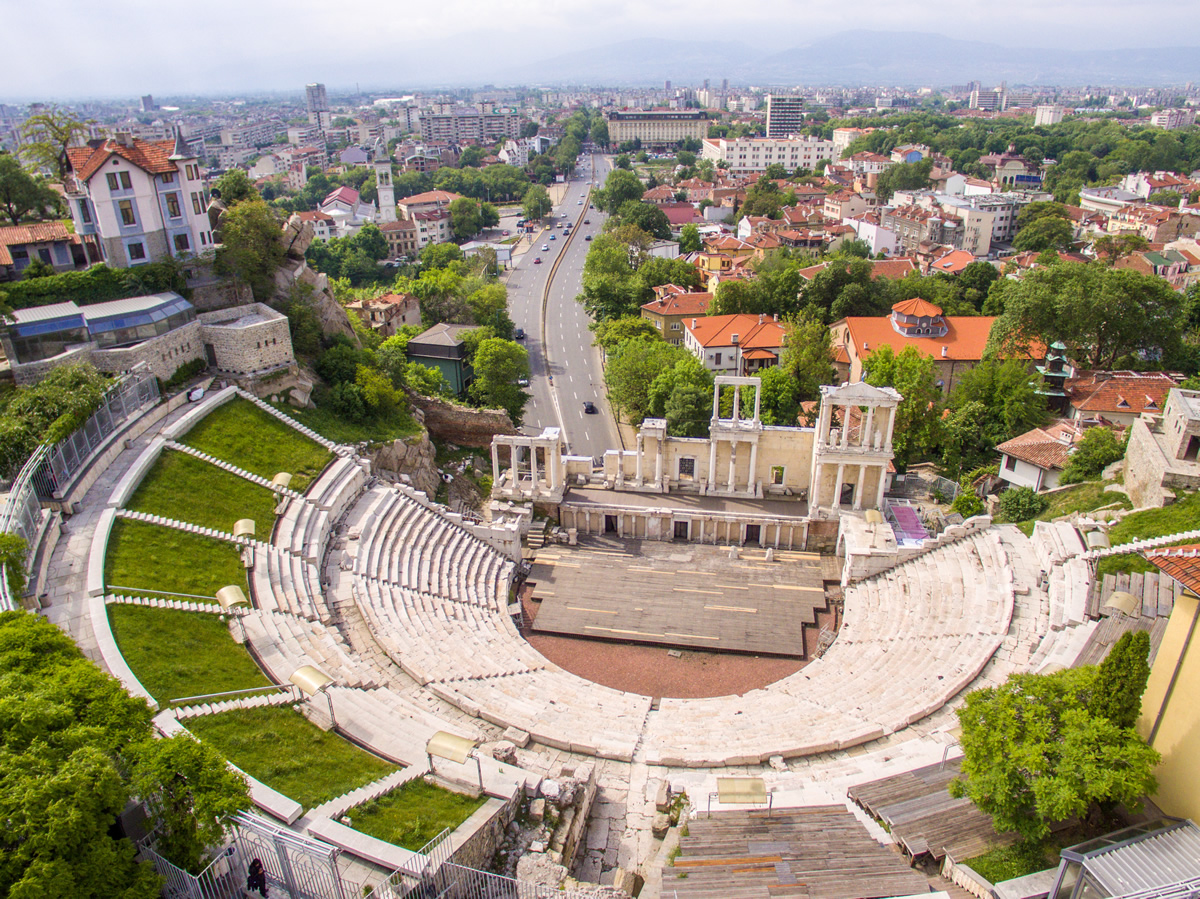
Veliko Tarnovo
Veliko Tarnovo is a mountain city located around a major bend in the Yantra River in the north of Bulgaria. Also often called the “City of the Tsars“, it was historically the capital of the Bulgarian political entities. The Old Town is separated into 3 hills: Tsarevets, Trapezitsa, and Sveta Gora, while the New Town spills out into a flatter region to the west.
Veliko Tarnovo was the capital of the Second Bulgarian Empire and has long traditions in the culture of Bulgaria. With its long history, the city is full of museums and historical sites. One of the main attractions is the castle of the old Bulgarian capital – Tsarevets. The medieval stronghold located on a hill, served as the Second Bulgarian Empire’s primary fortress. The castle and the Tower of Baldwyn, located within the complex offer spectacular views of the town, surrounding hillsides, and the river below. There are various historical museums, located in Old Town, and an art museum on an island in the river. Nearby Arbanassi on the hilltop 4 km away is also worth a visit.
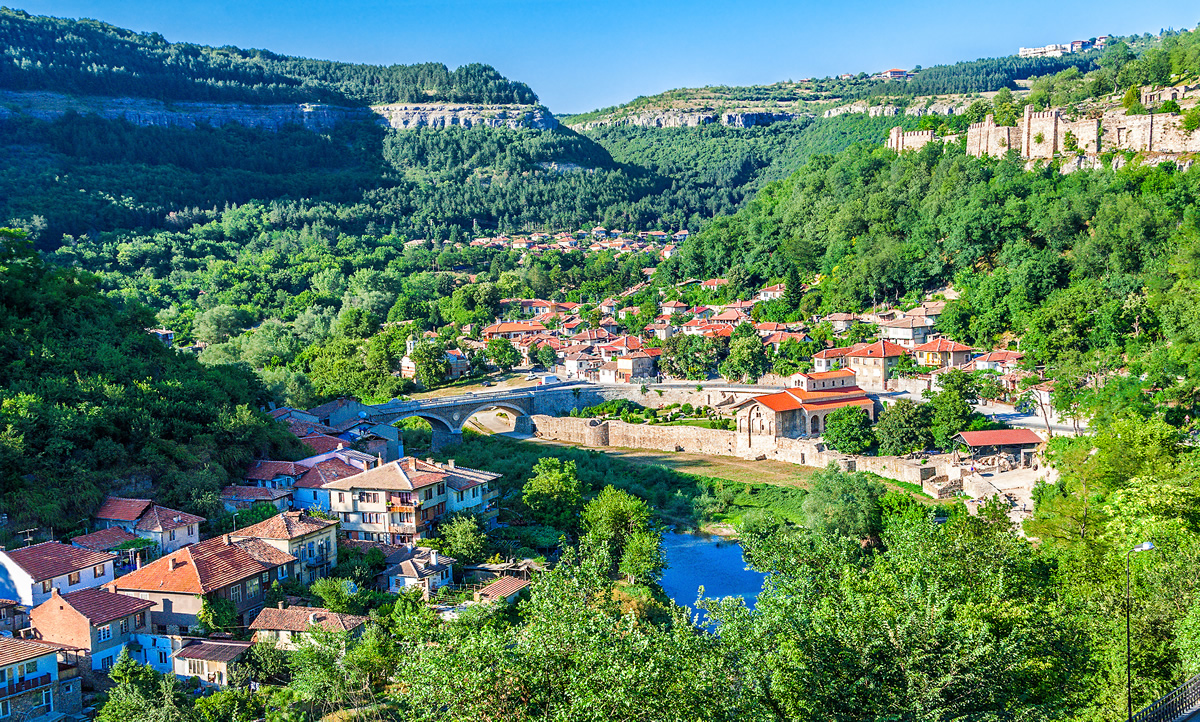
Rila
Rila Monastery is known as the spiritual, educational and cultural centre of Bulgaria.
Bulgaria’s most famous monastery has been a spiritual centre for over 1000 years, popular among both pilgrims and curious visitors. The monastery lies in the recesses of Rila Mountain, between Rilska and Drushlyavitsa Rivers. Rila holy cloister was founded in the first half of the 10th century. Its history is directly related to St. Ivan of Rila, the first Bulgarian hermit, who settled in the region and devoted his life to fasting and prayers. It’s fortress-like complex covers 8800 sq m, and boasts with remarkable colorful architecture and religious art. Its elegant colonnades, archways striped in black, red and white, the bright yellow domes of its main church and apocalyptic frescoes will captivate and impress any visitor. All the amazing artwork and architecture combined with the scenery well justifies it’s fame. It was included in the List of World Cultural Heritage of UNESCO in 1983.
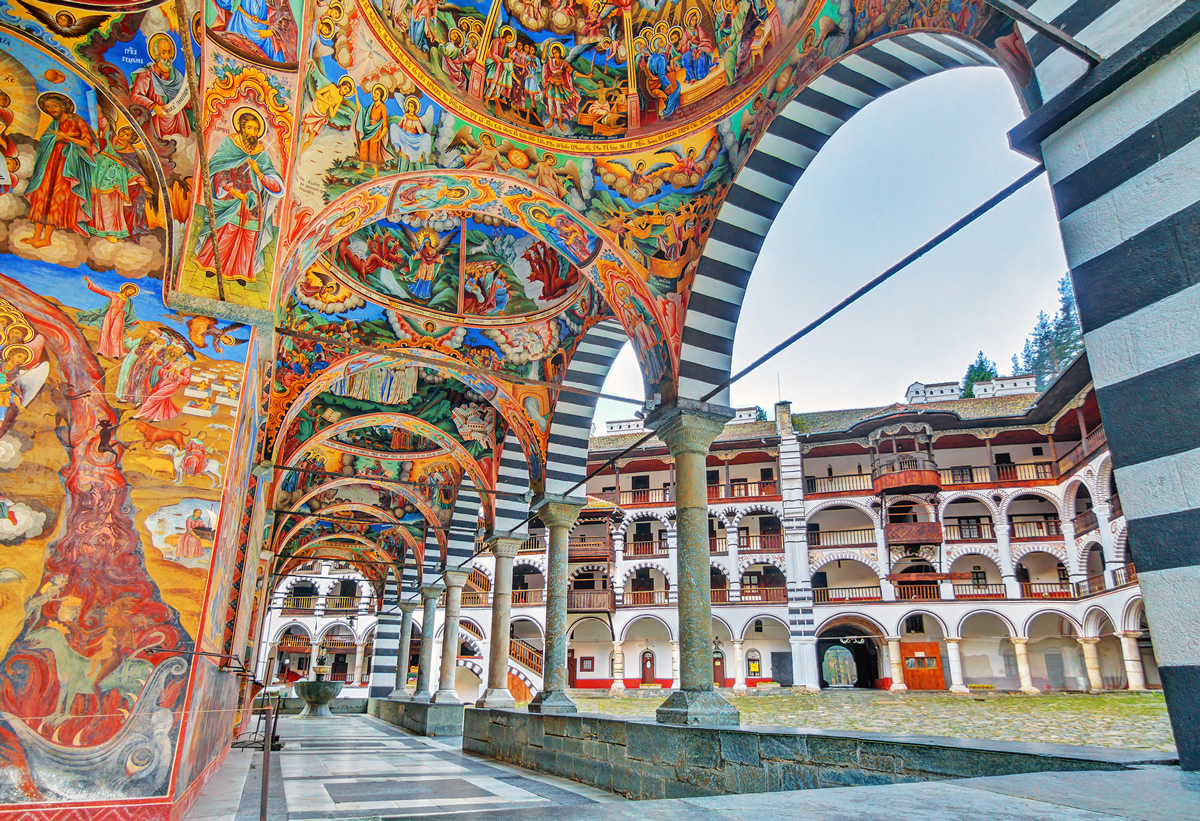
Tours & Itineraries
Send a request / Contact us
GDPR Consent*
All details provided by you will be held by Kompas d.o.o and used in accordance with our Privacy Notice. By clicking ‘SEND’ you consent to Kompas d.o.o companies contacting you regarding the requested offer and information about our products and services.
